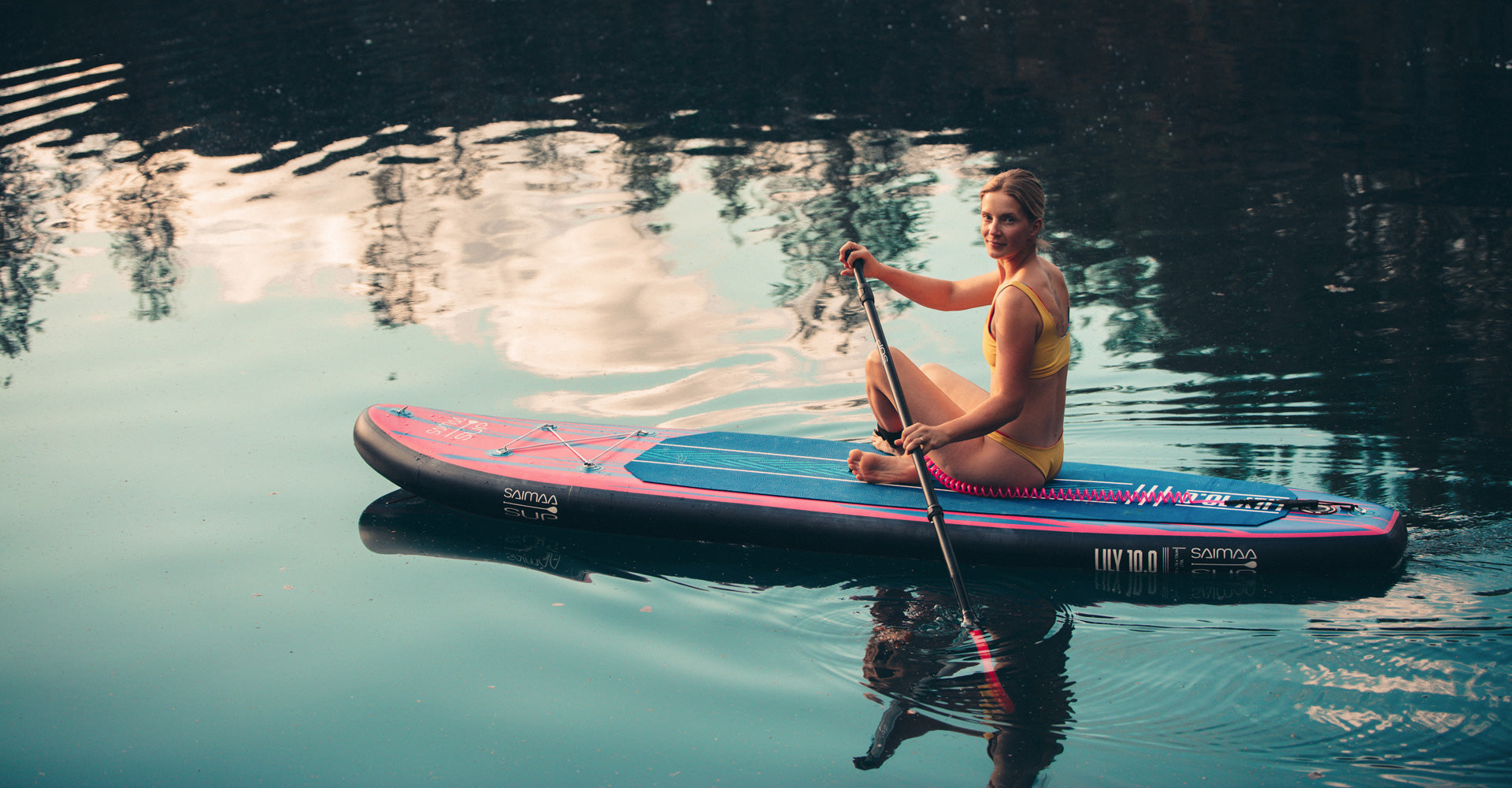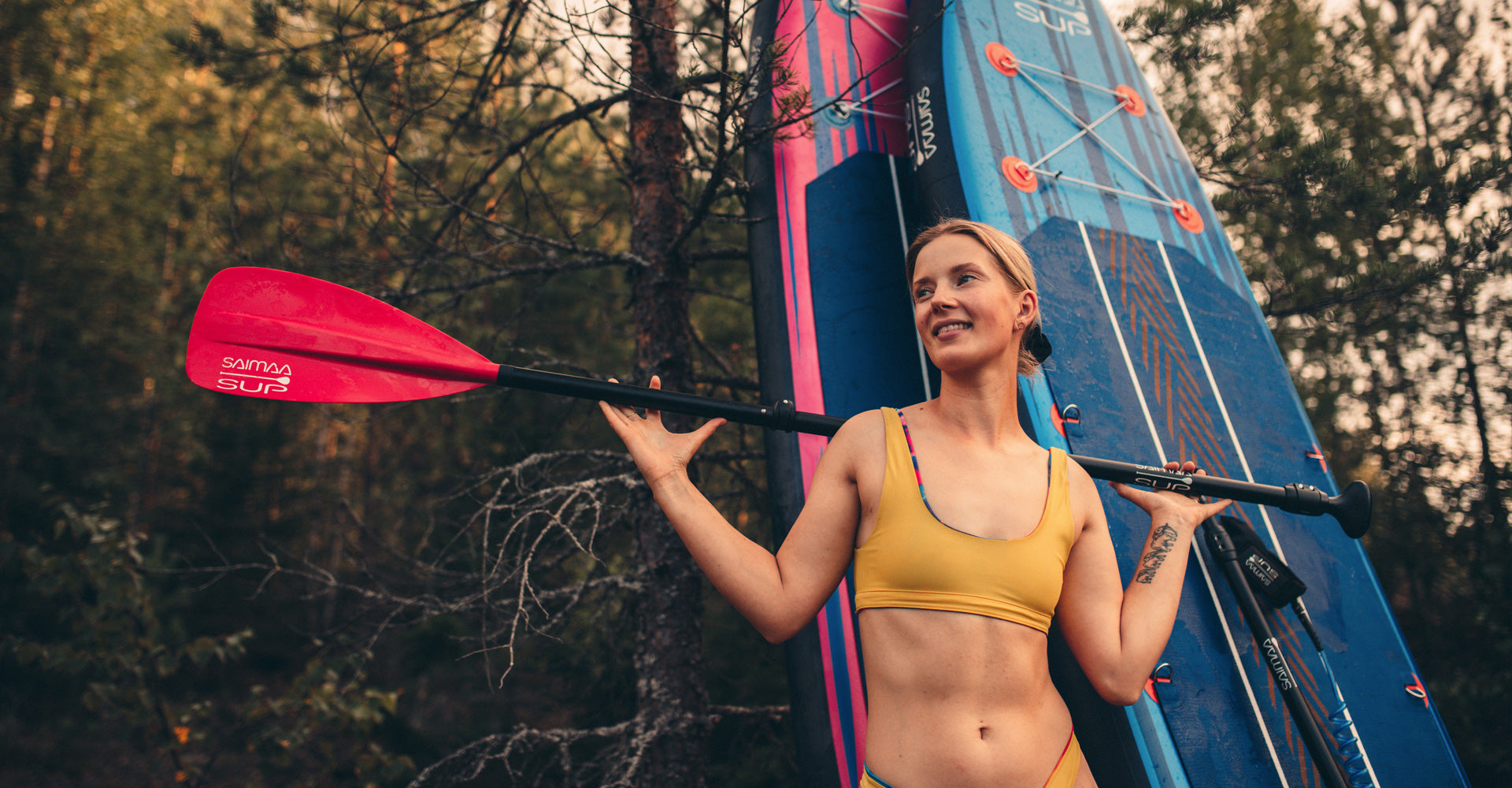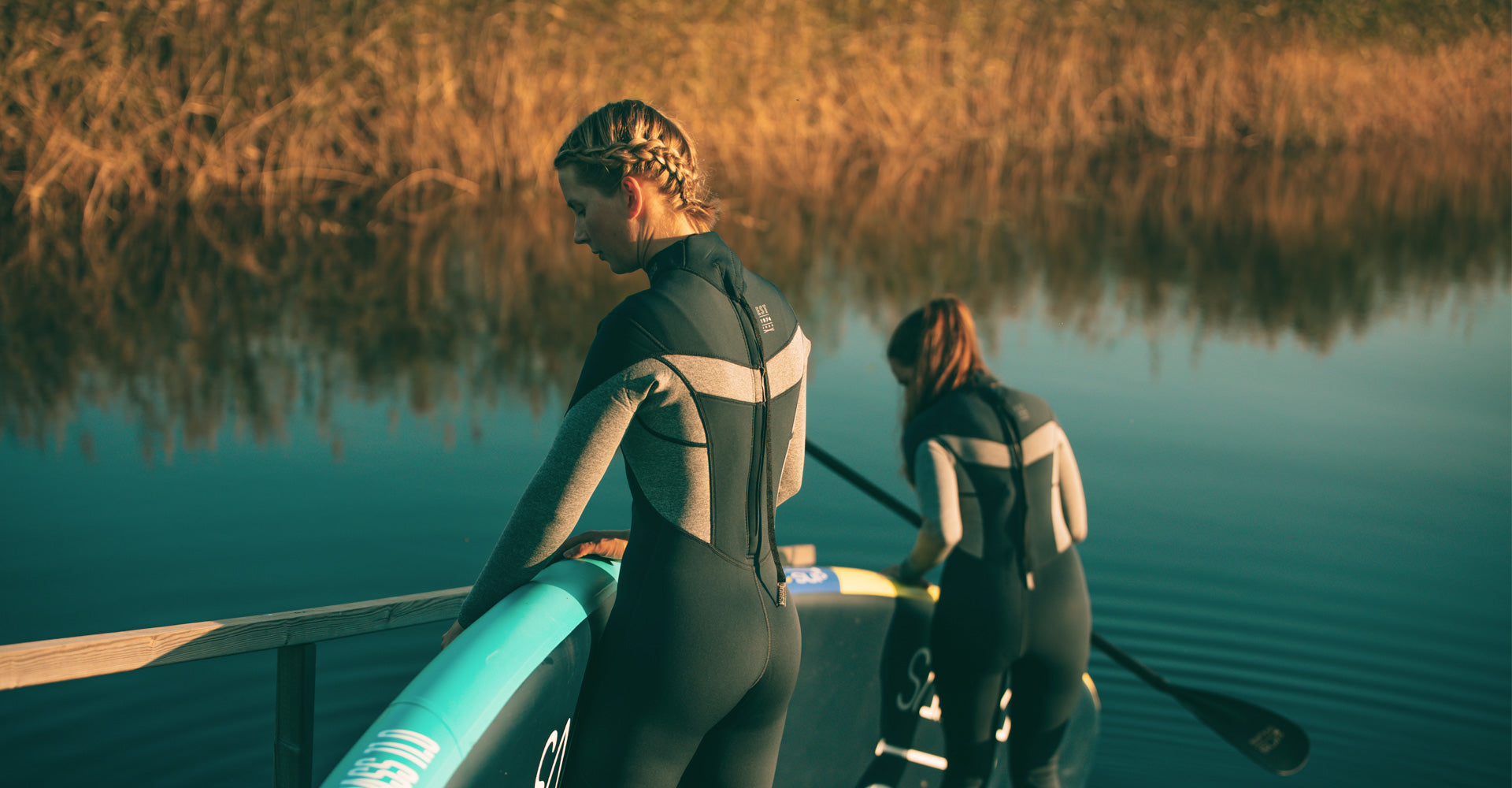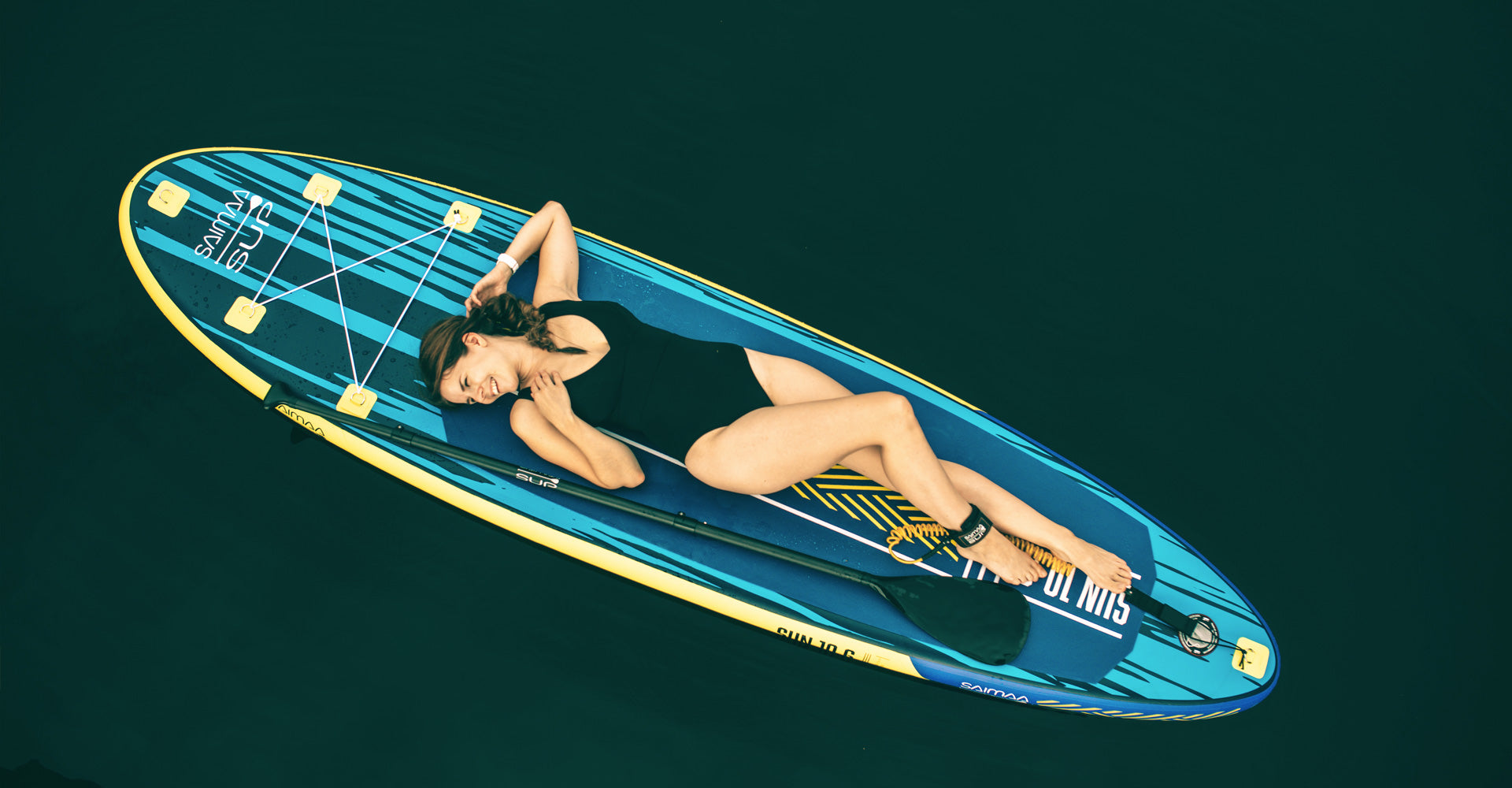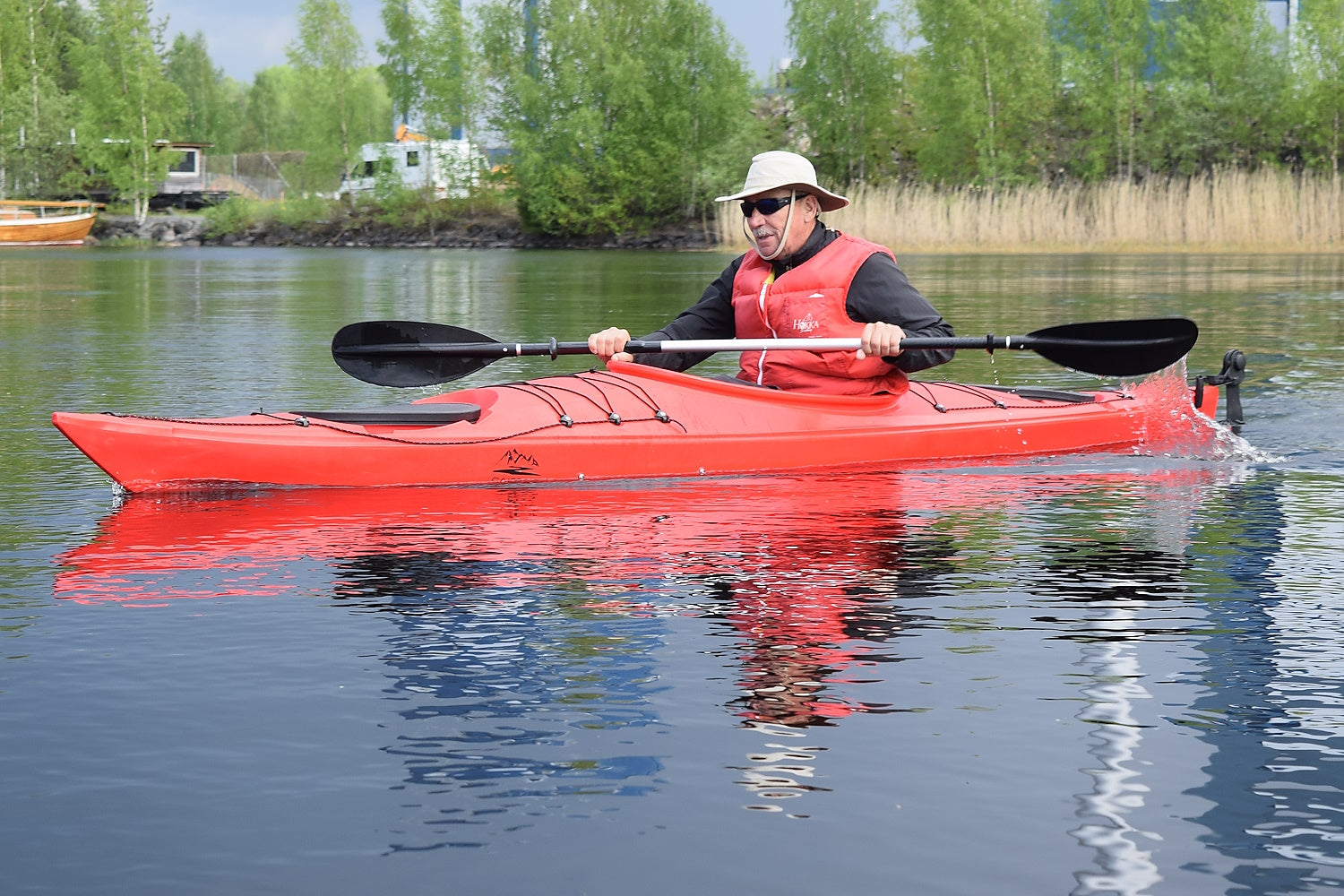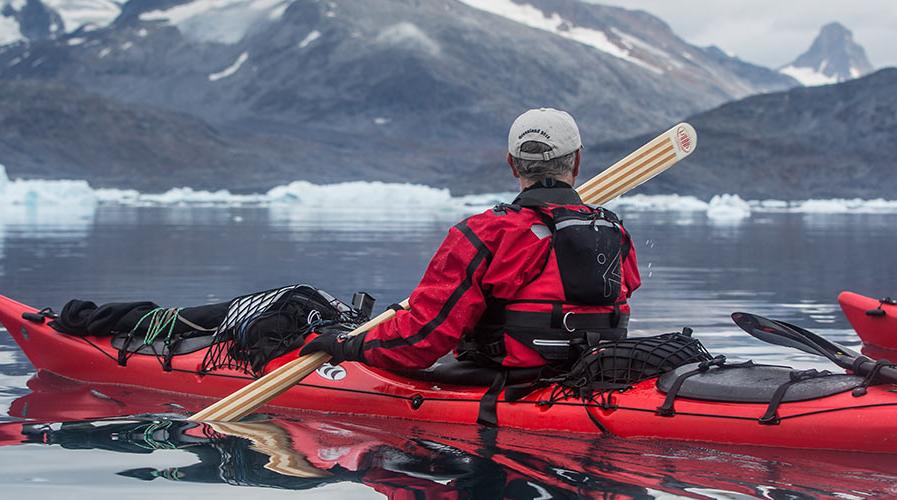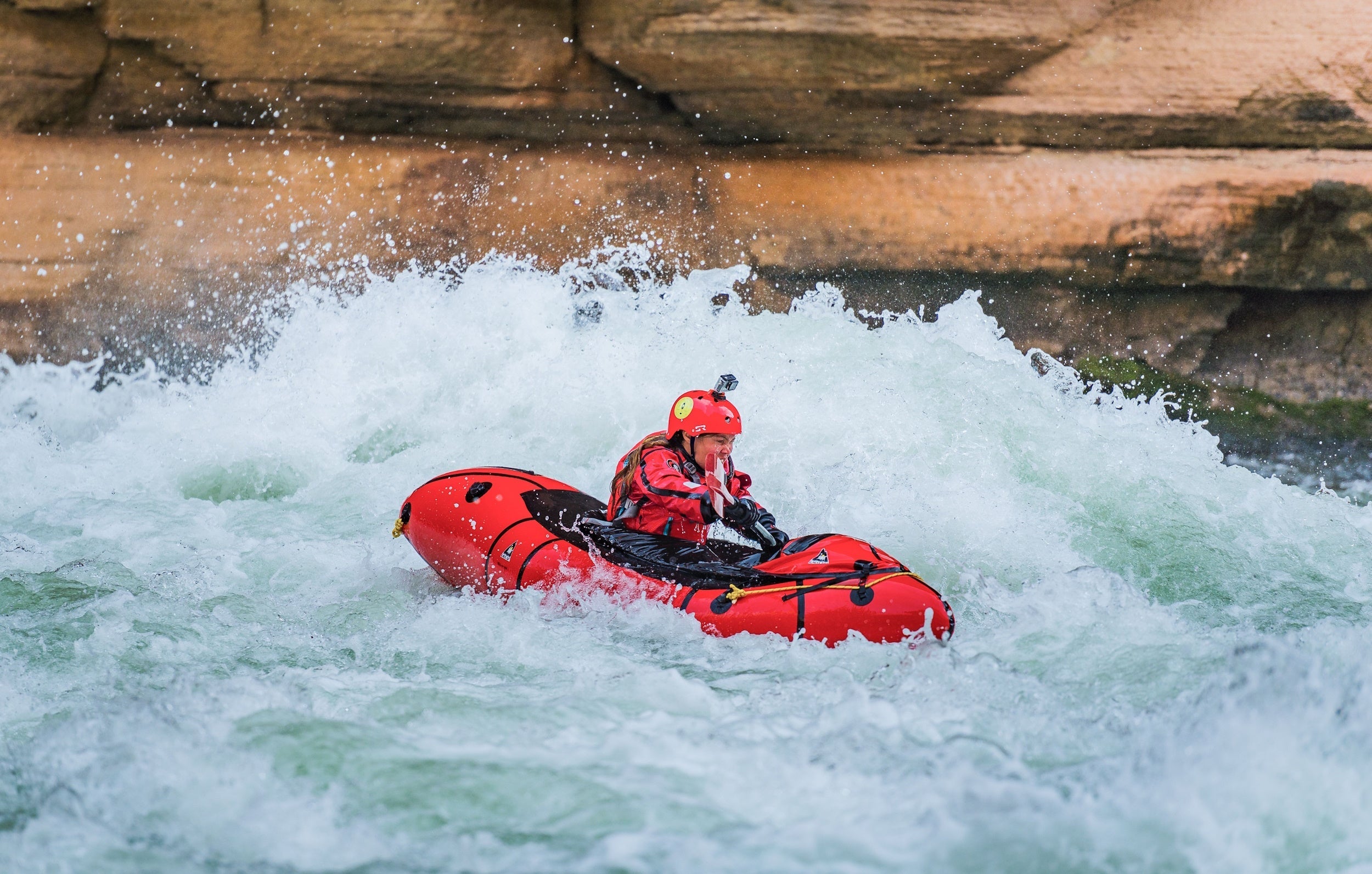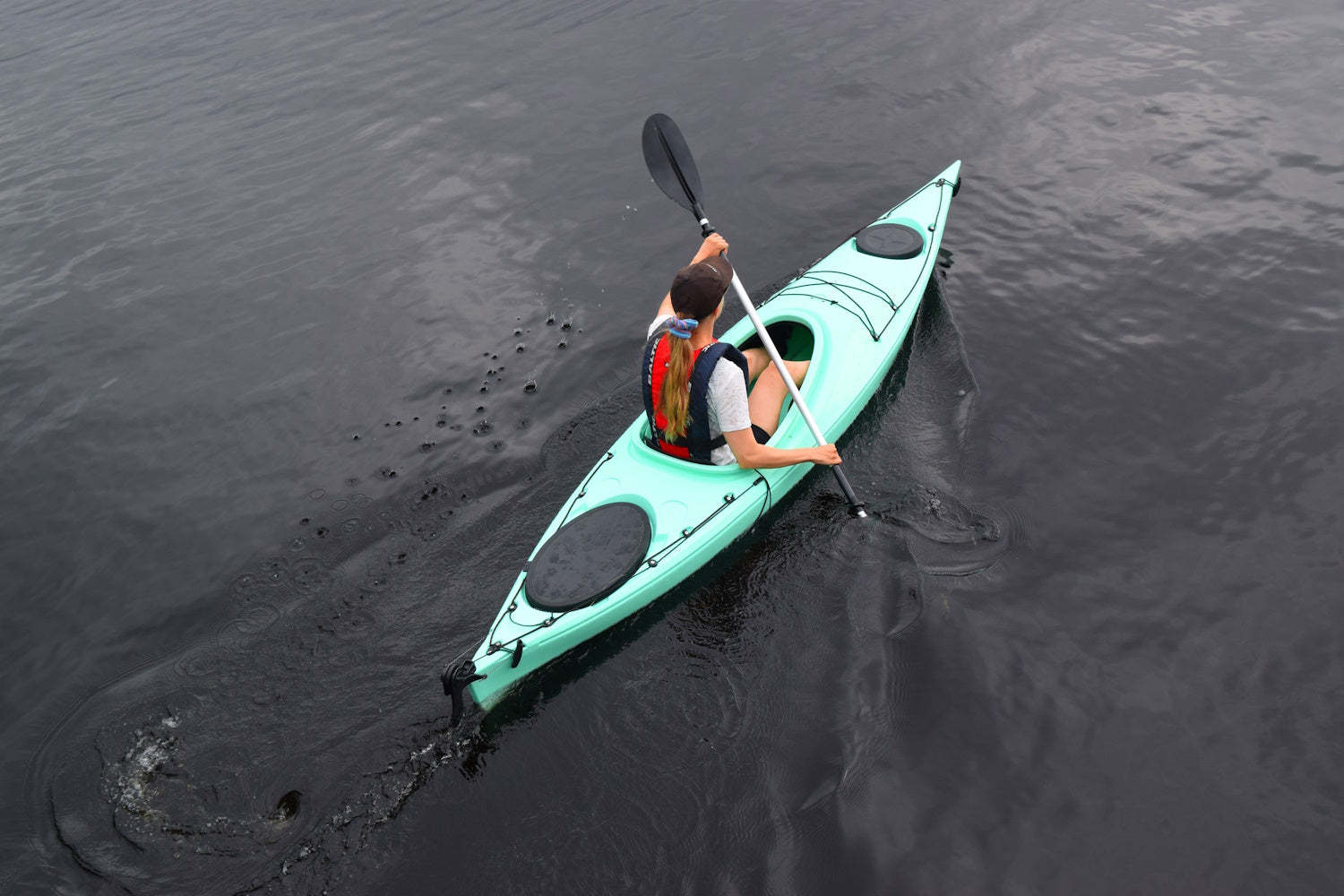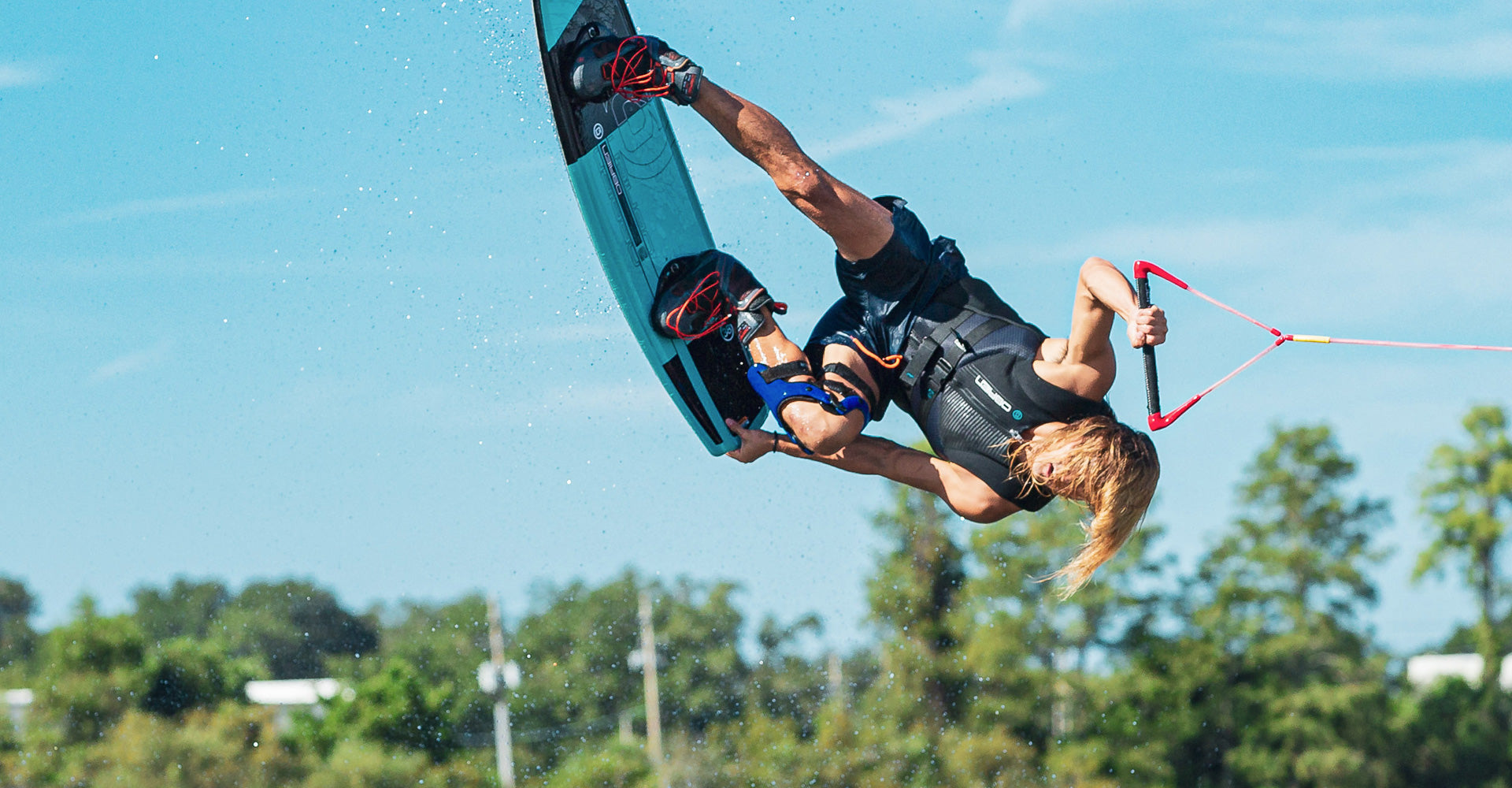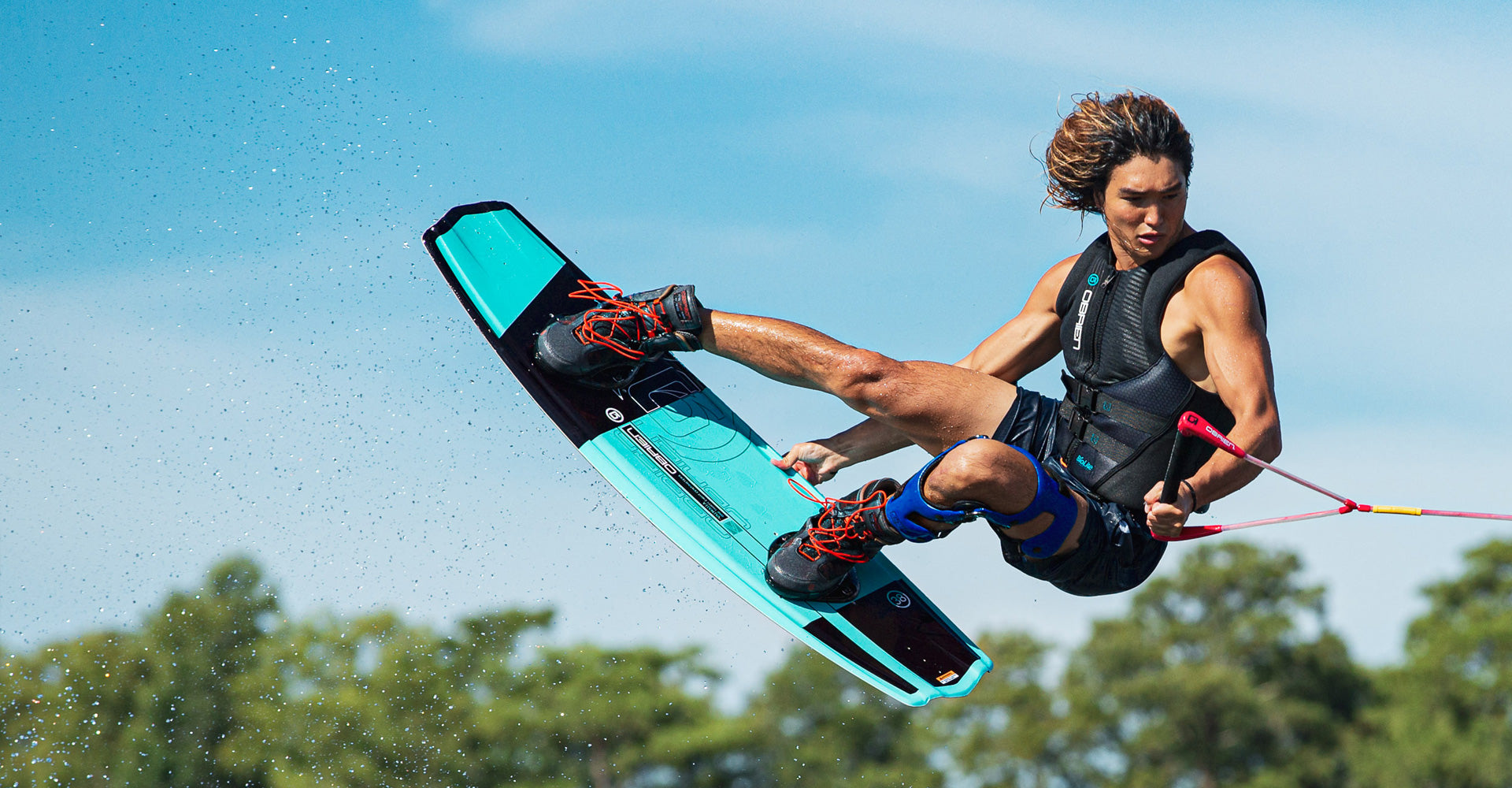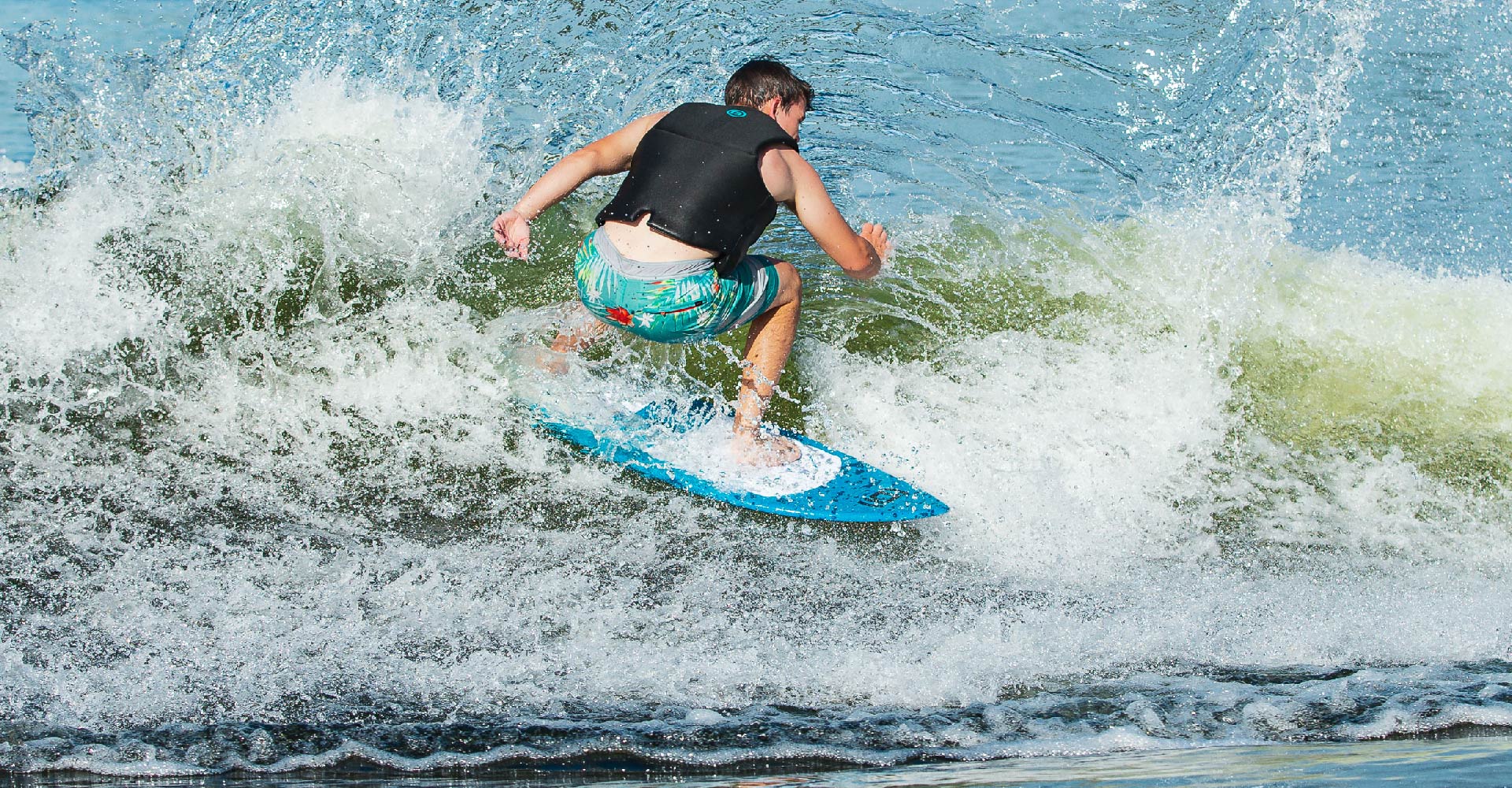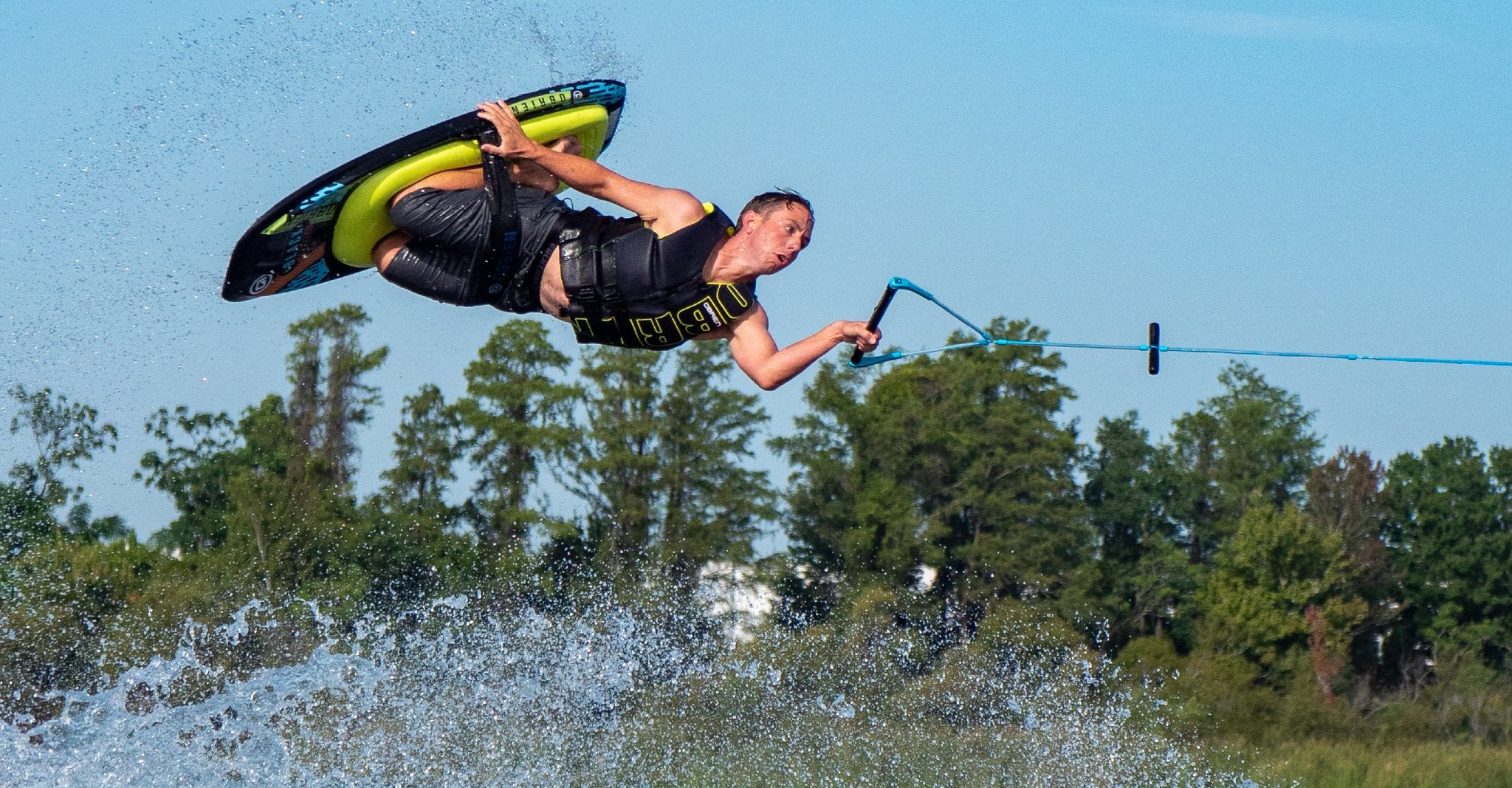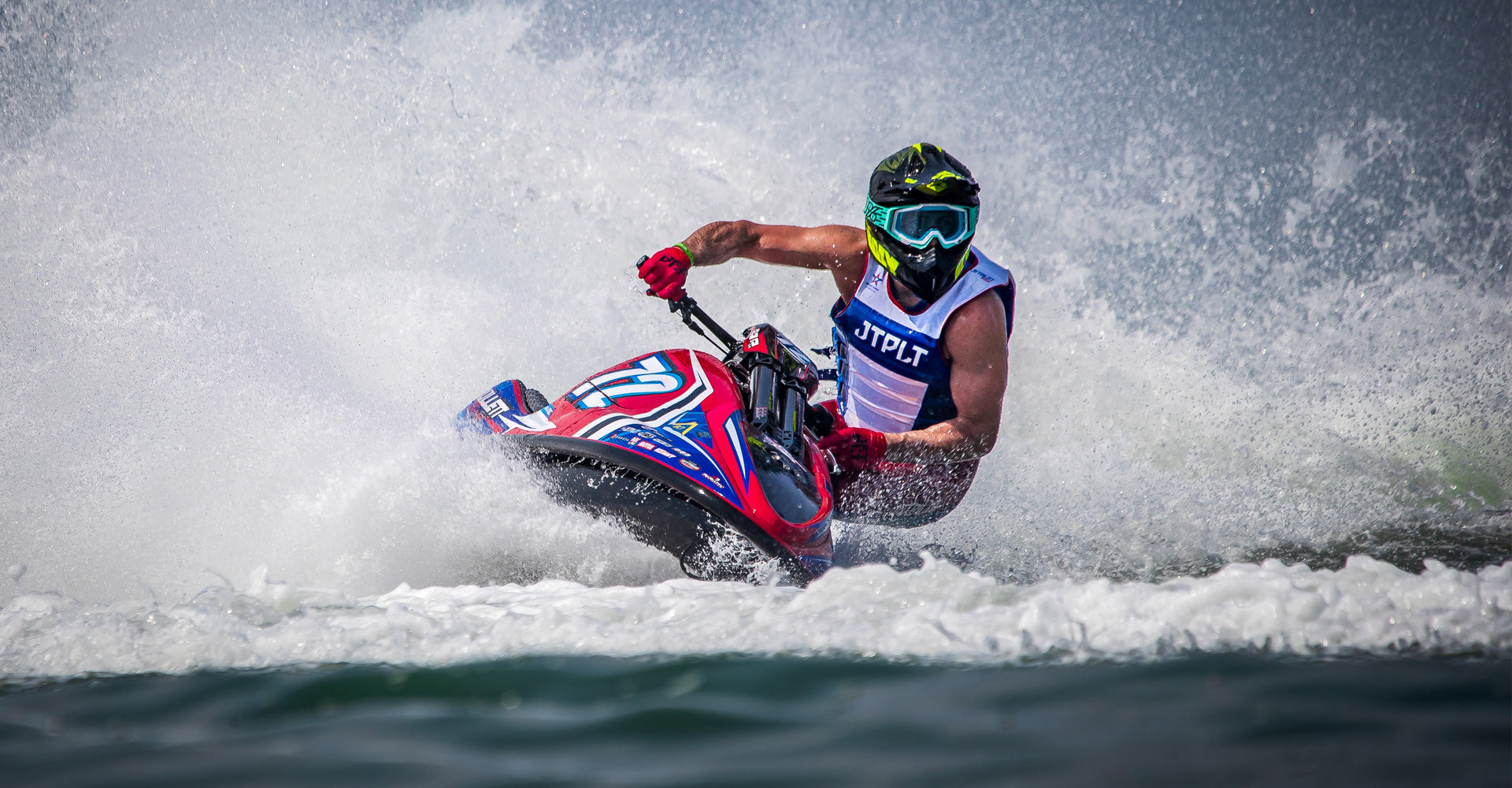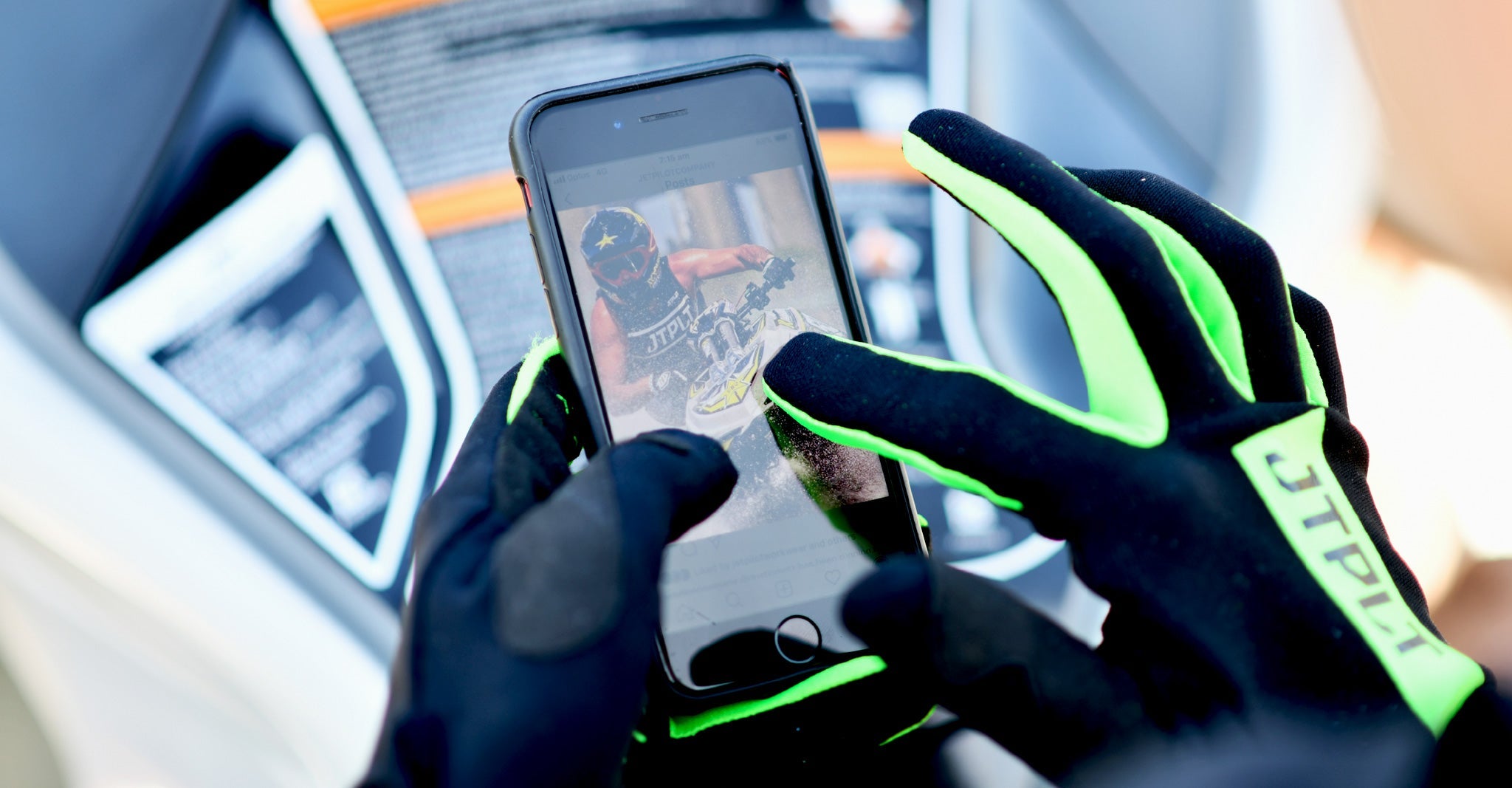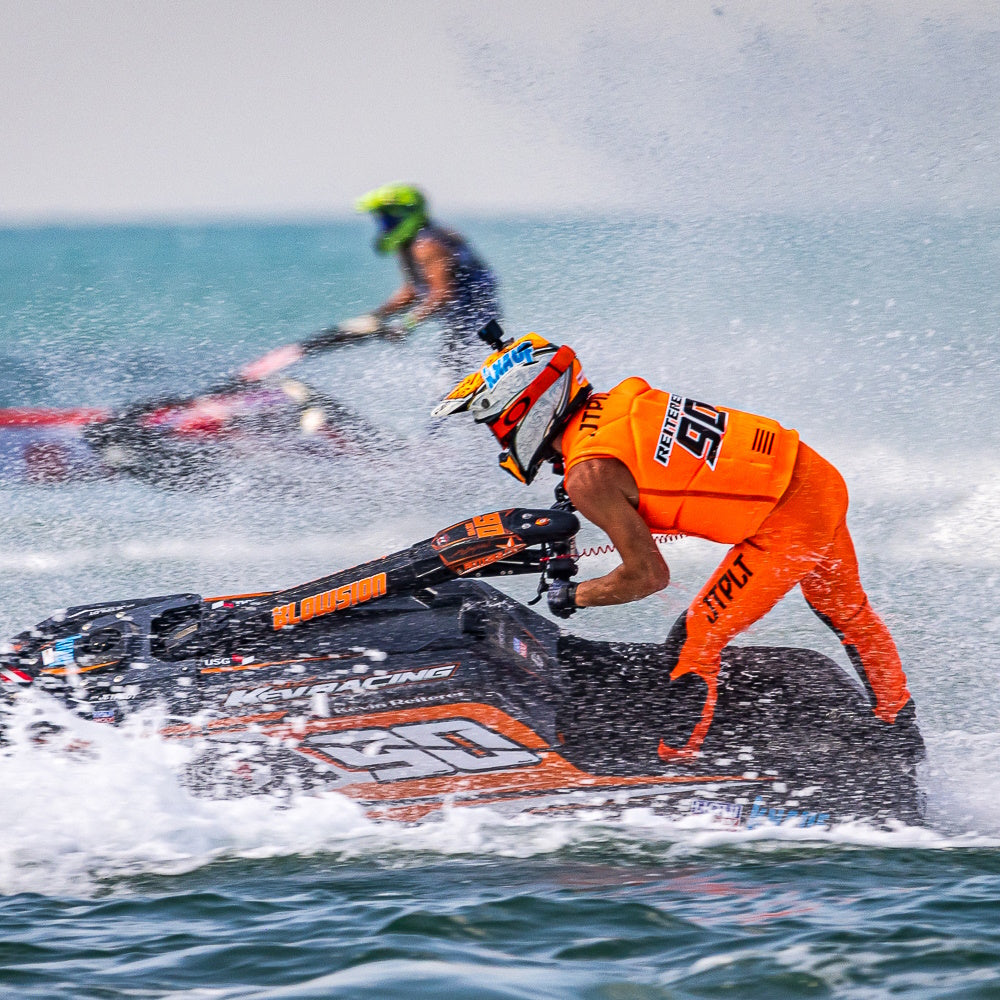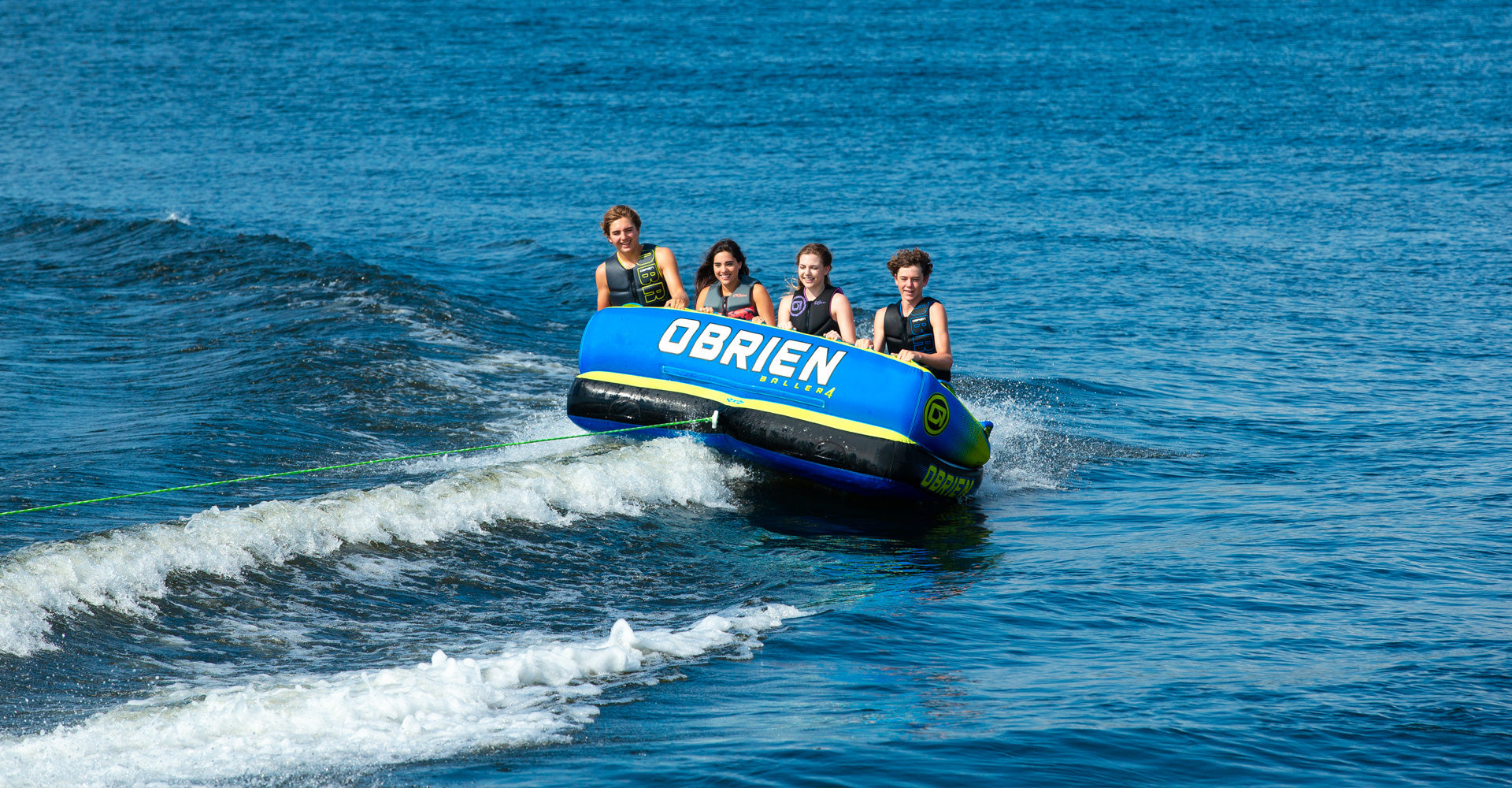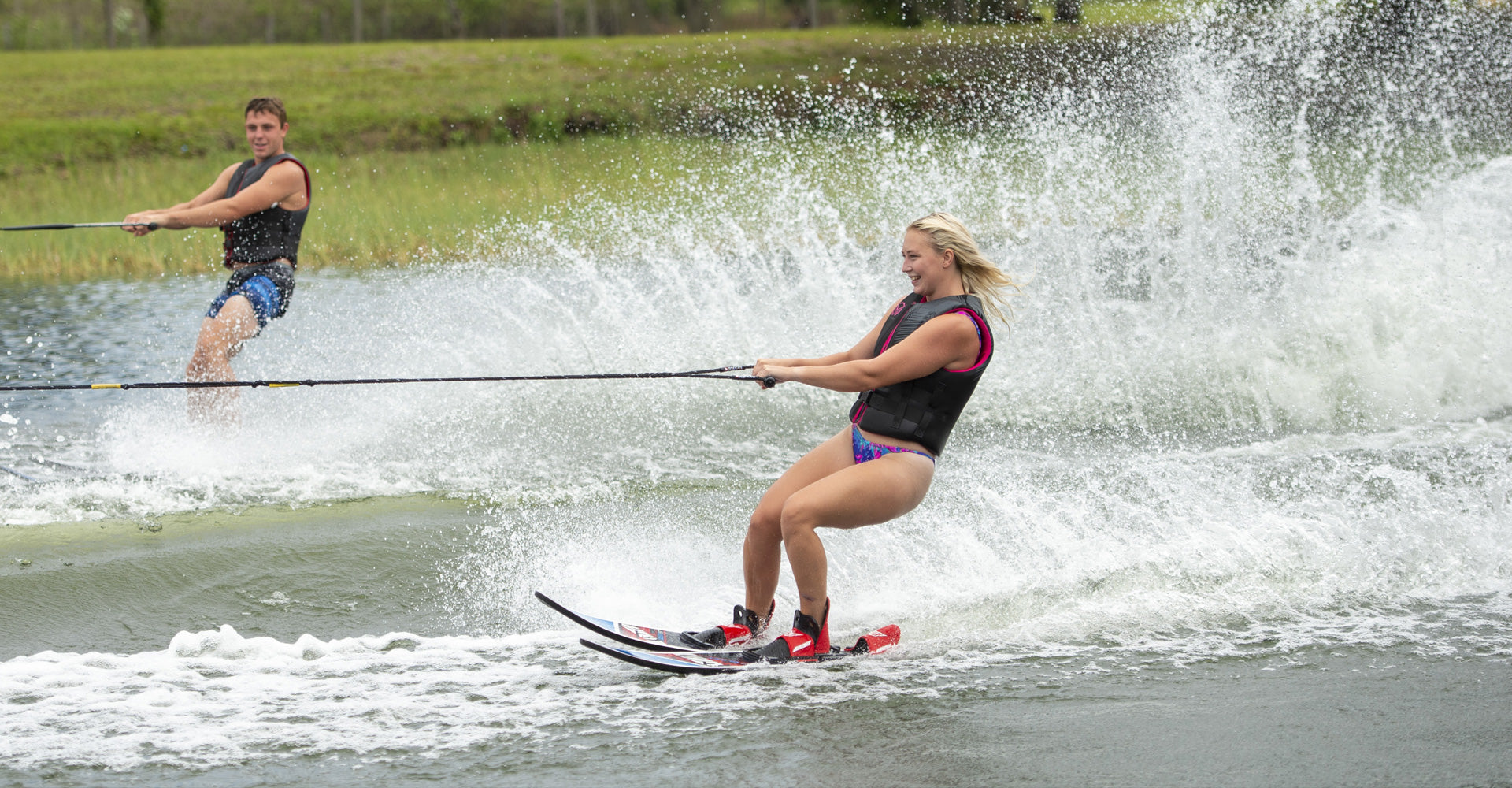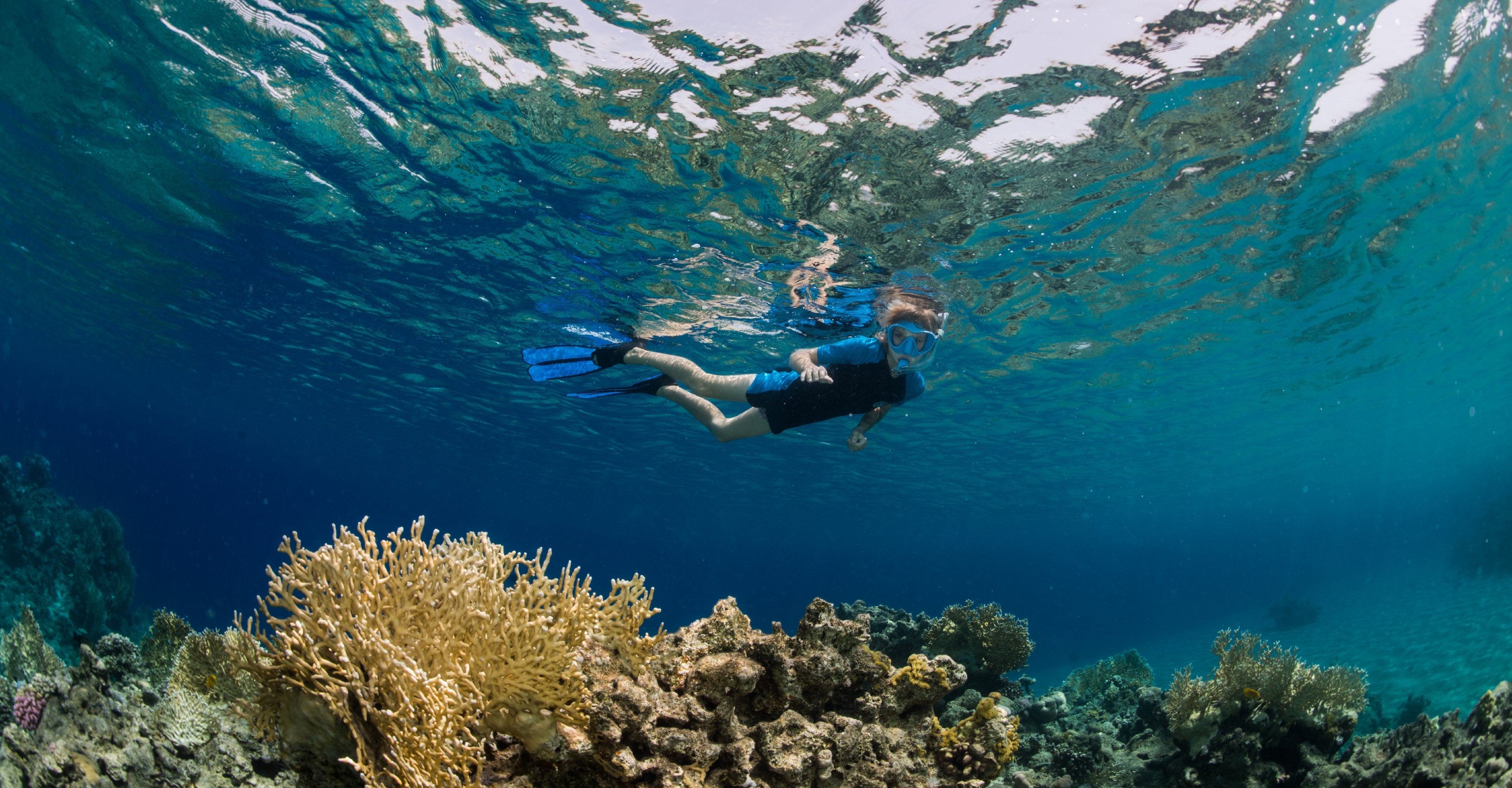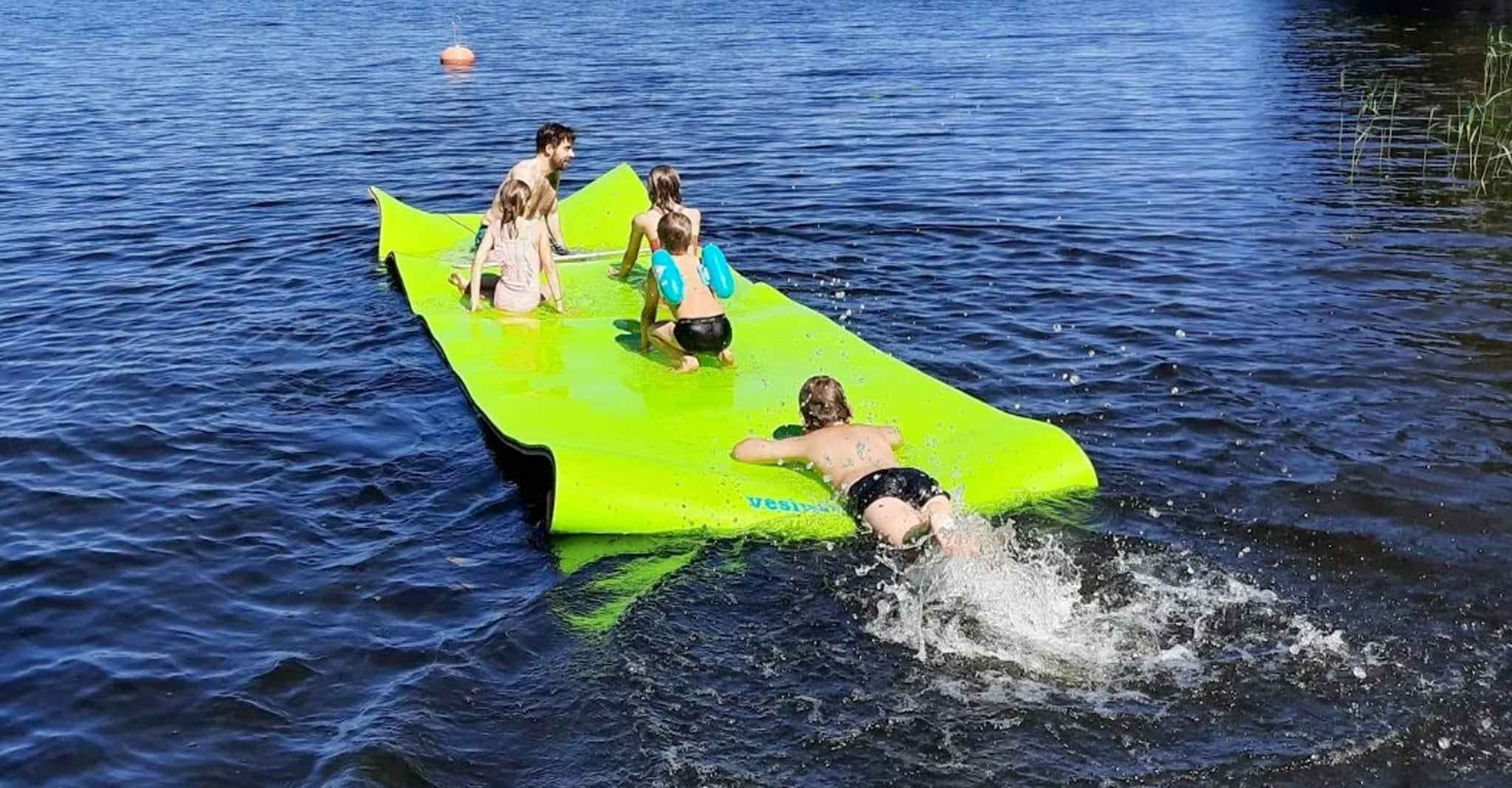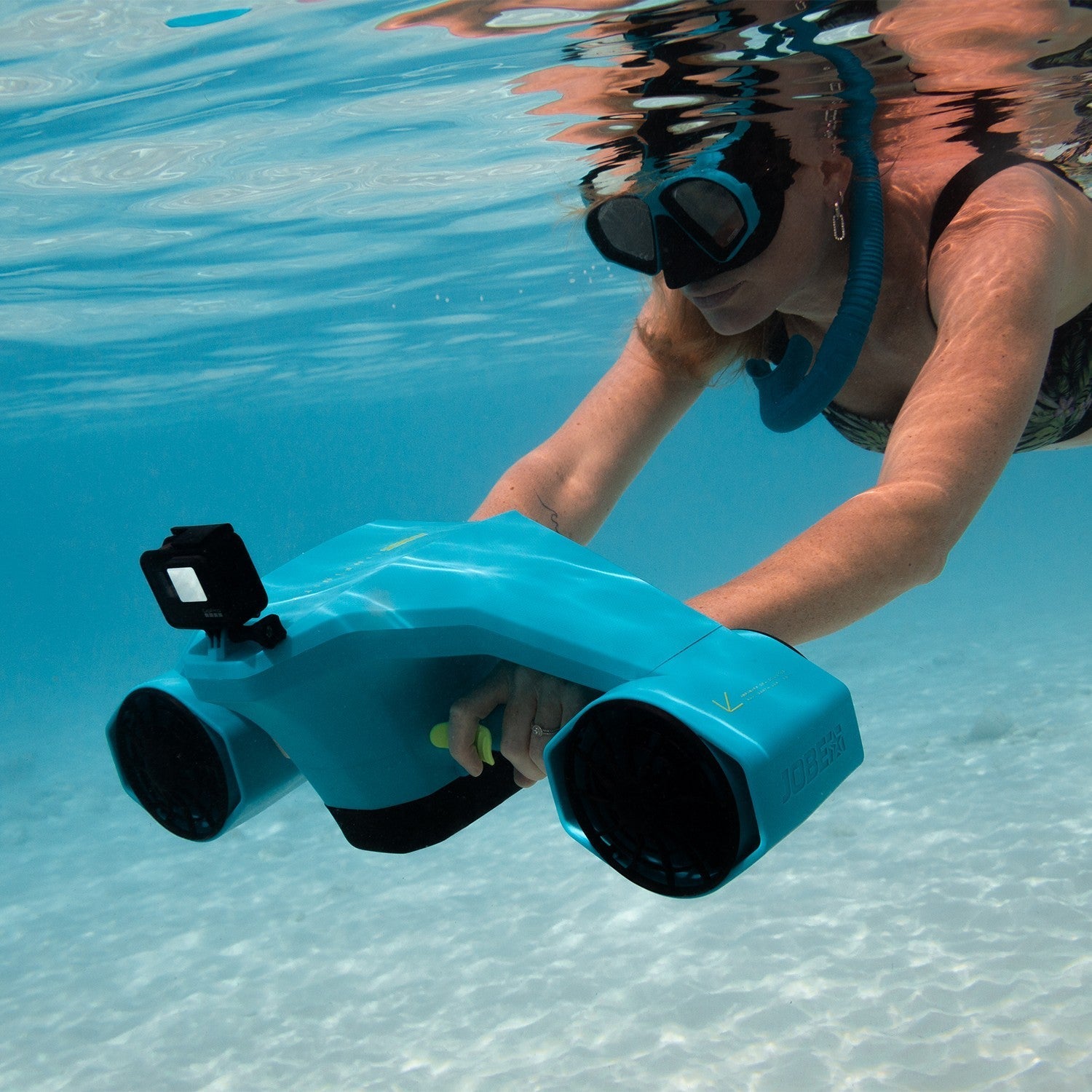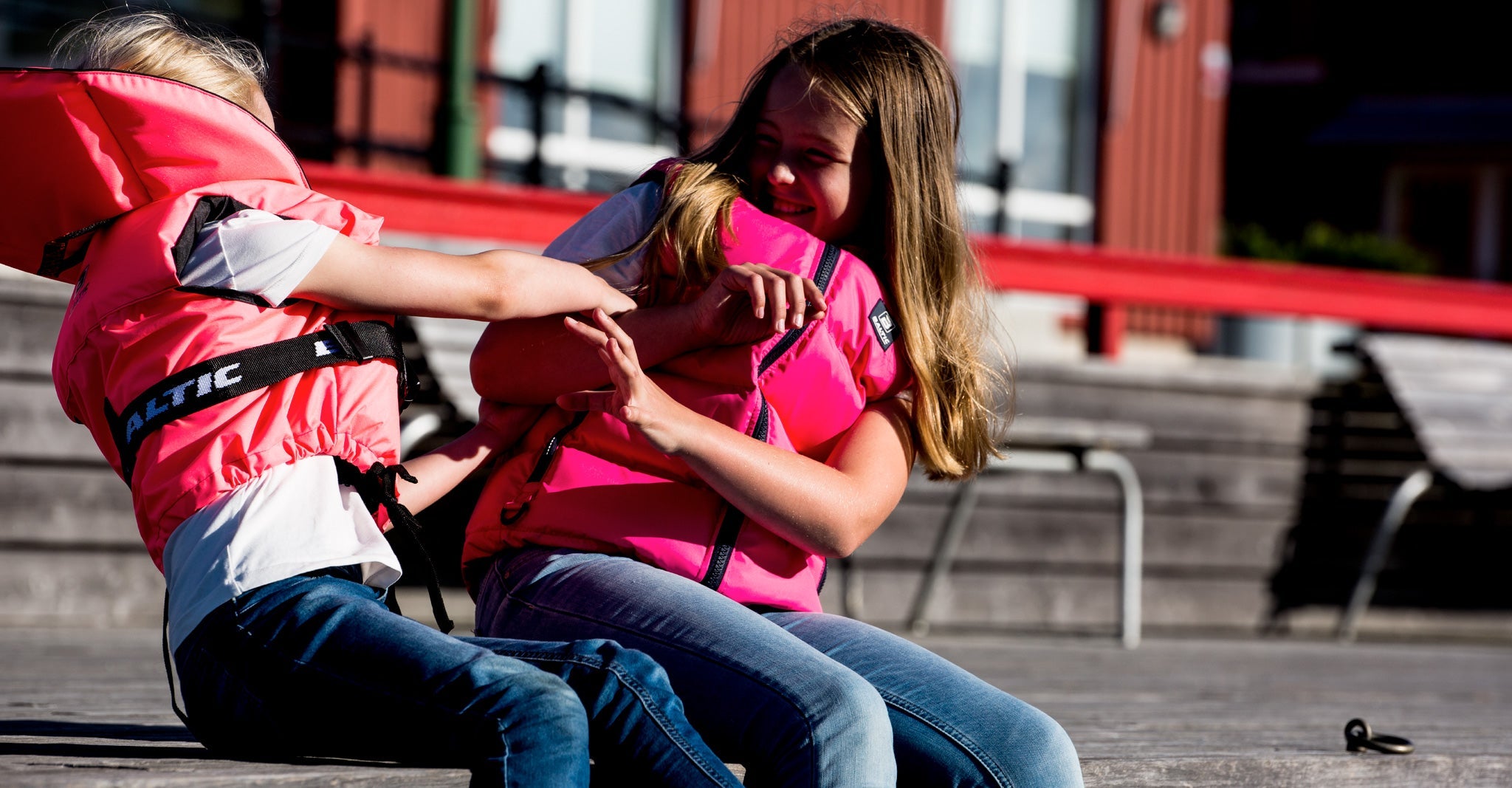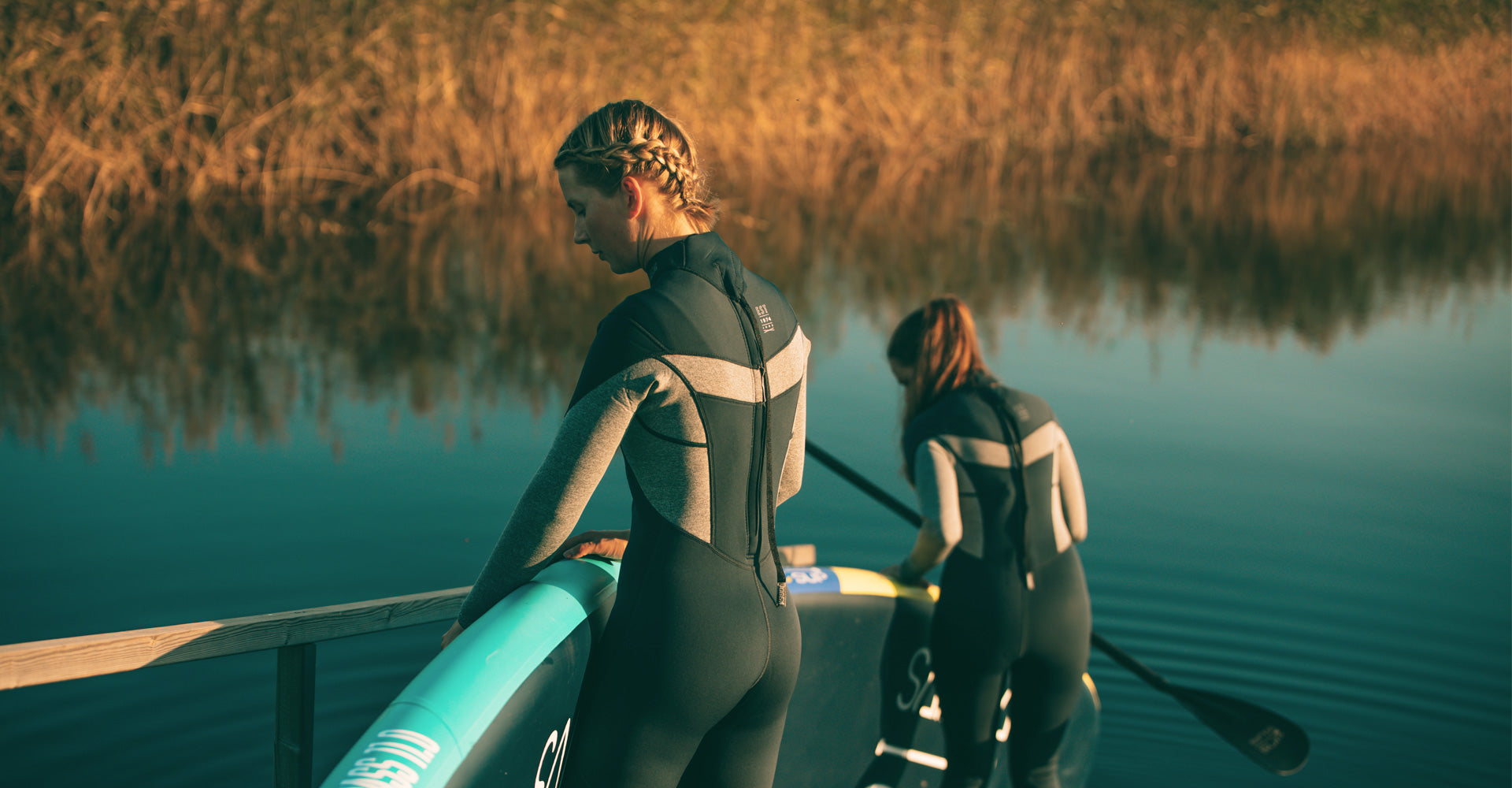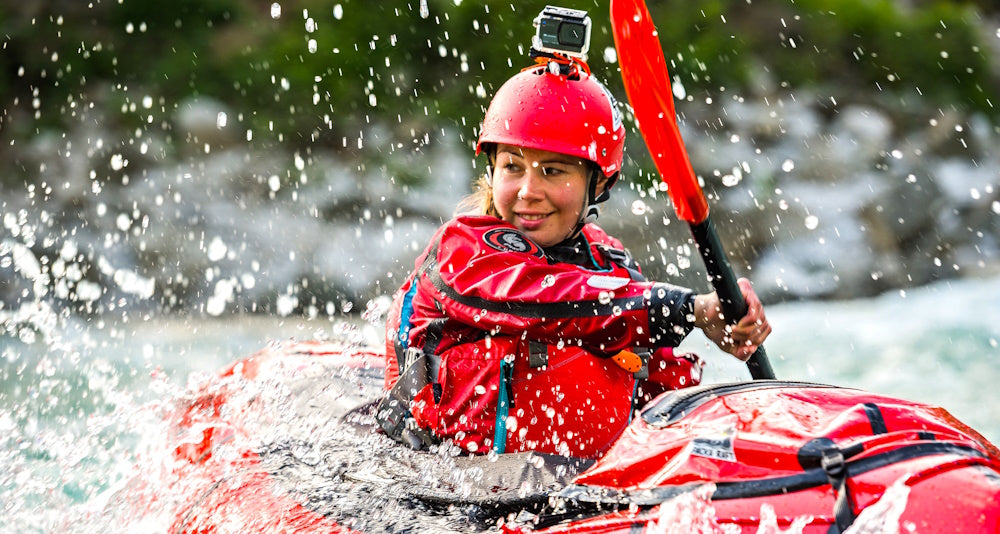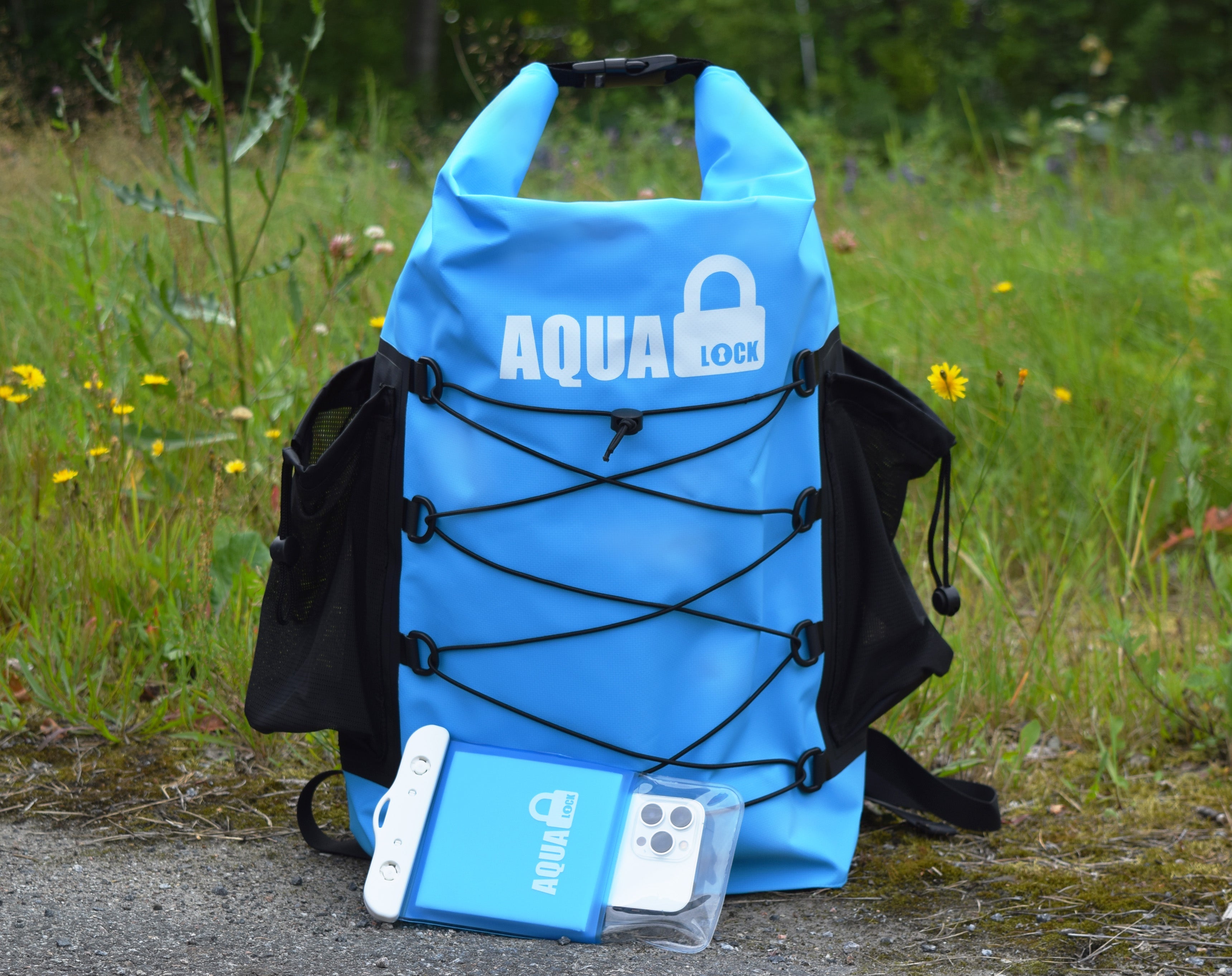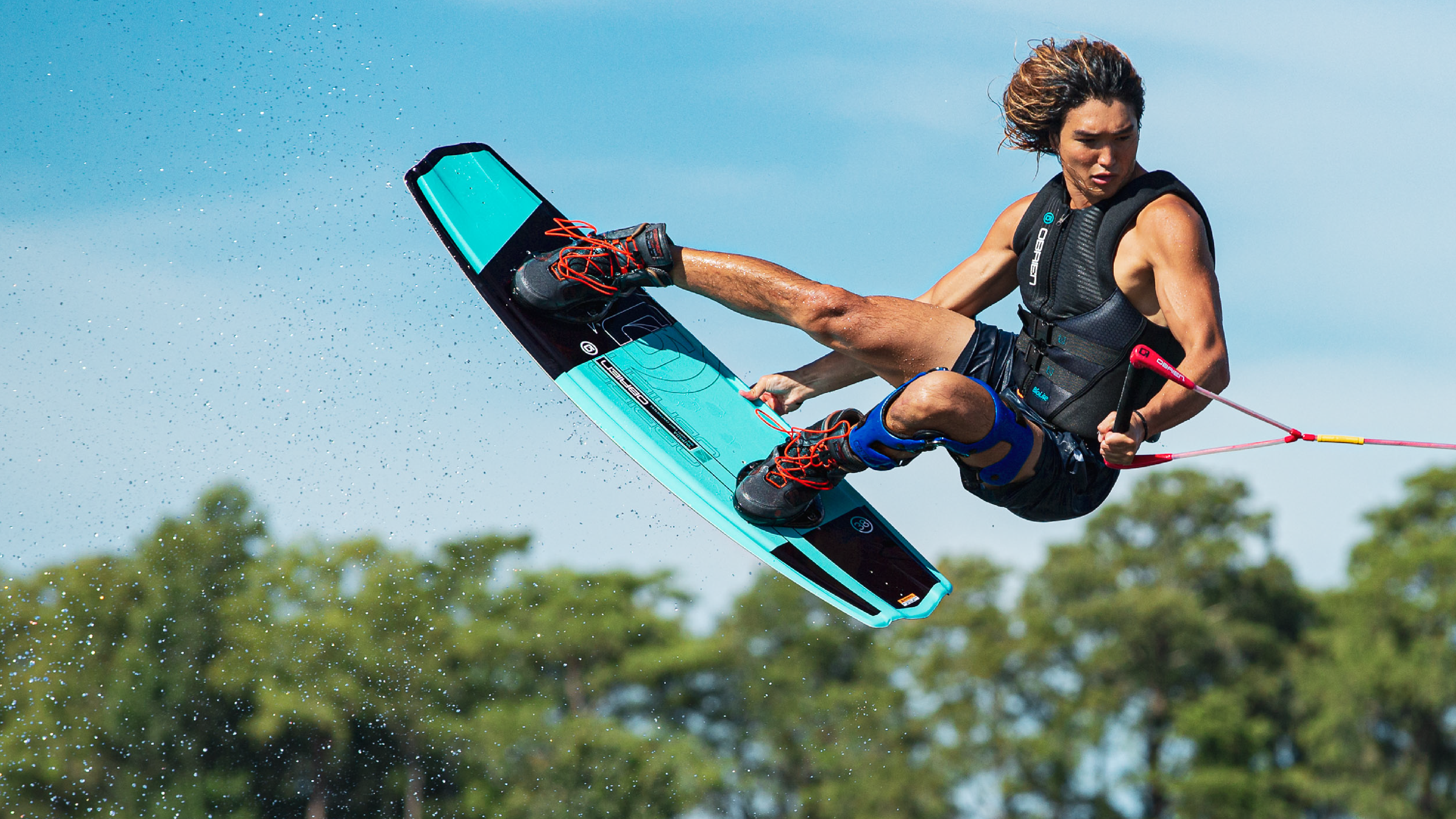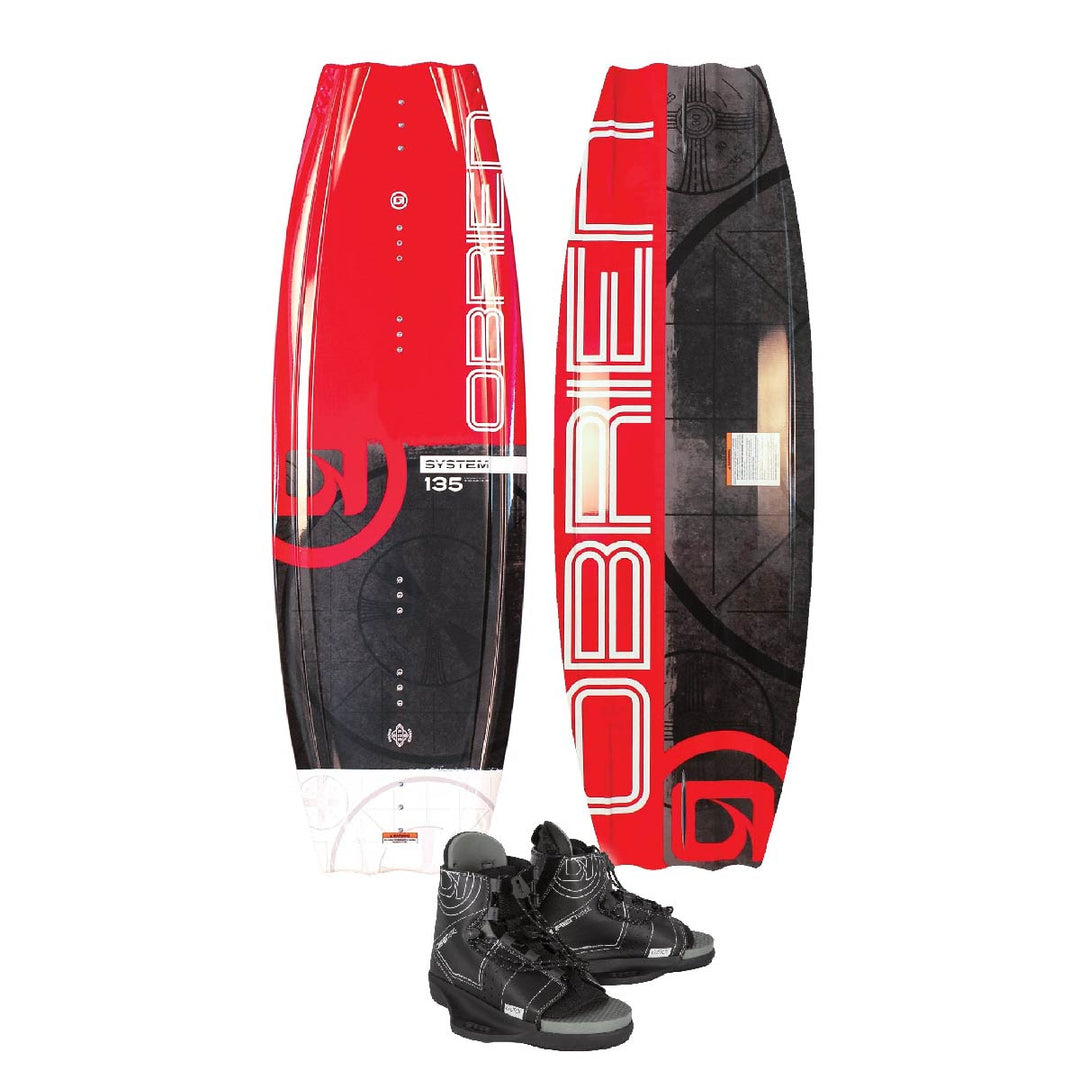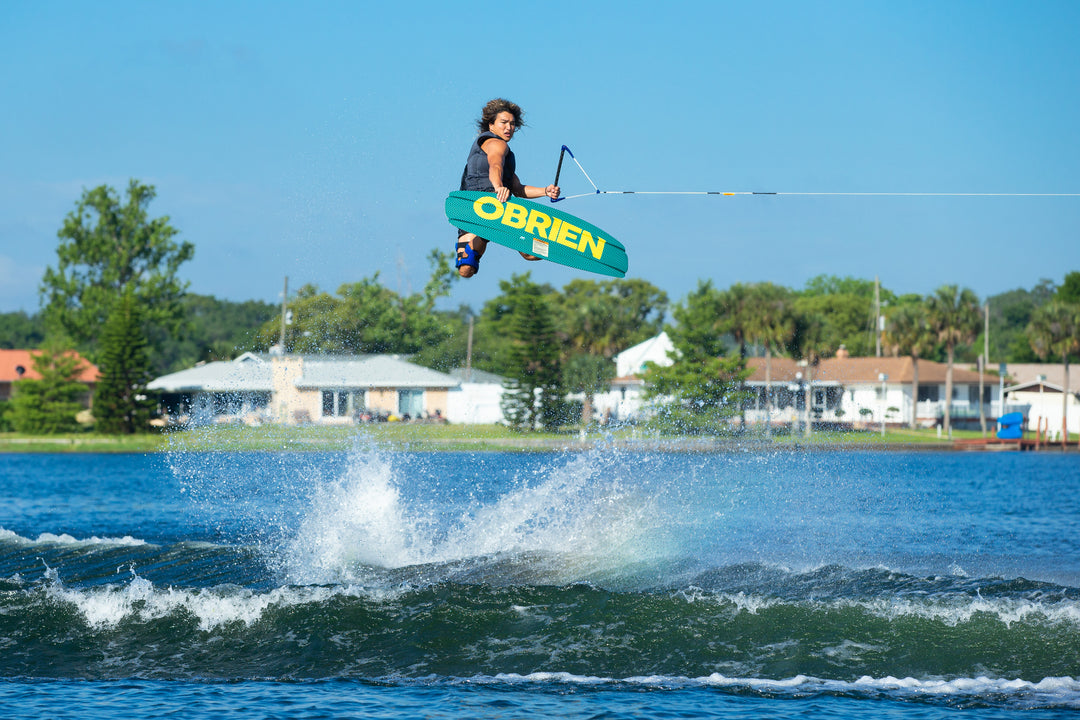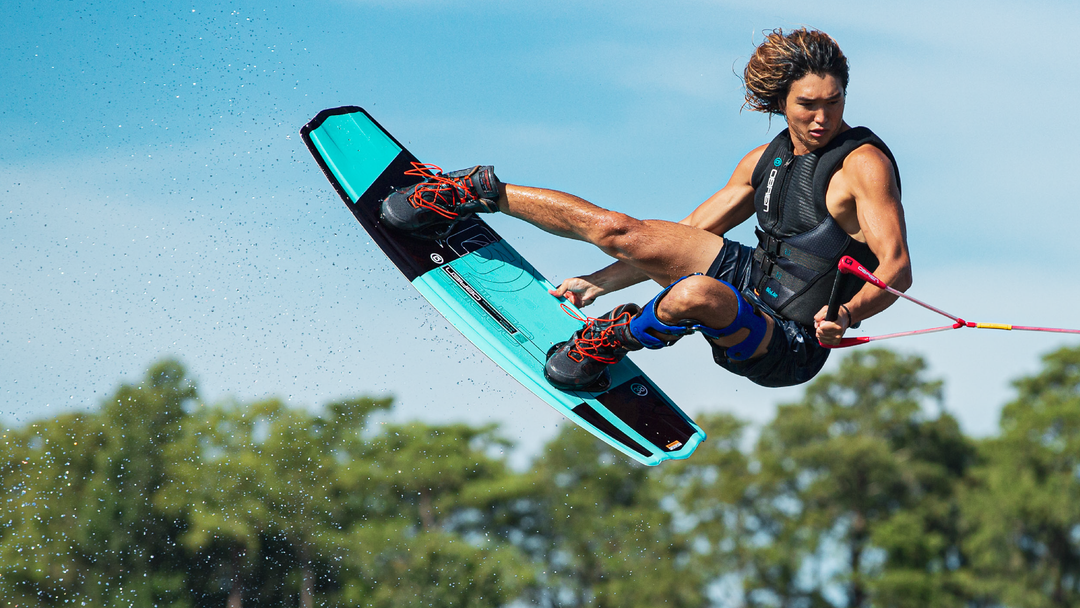ADVICE ON CHOOSING A WAKEBOARD
This page briefly explains the basic characteristics of wakeboards. Any board can get a beginner started, but choosing the right equipment straight away will help you get the most out of your hobby and get the best value for money. O'Brien is the first manufacturer to offer a warranty* for cable boards used on jumps and reefs.
However, if you aren't interested in the terminology or technical details and just want to practice with the right equipment, or if you are buying a board as a gift, please contact our customer service team and we will be happy to find the best solution for you. To help us find the right wakeboard for you, please let us know your weight, height, shoe size, experience and what type of environment you board in (boat/cable or both).
Contact us: info@vesiurheilu.fi
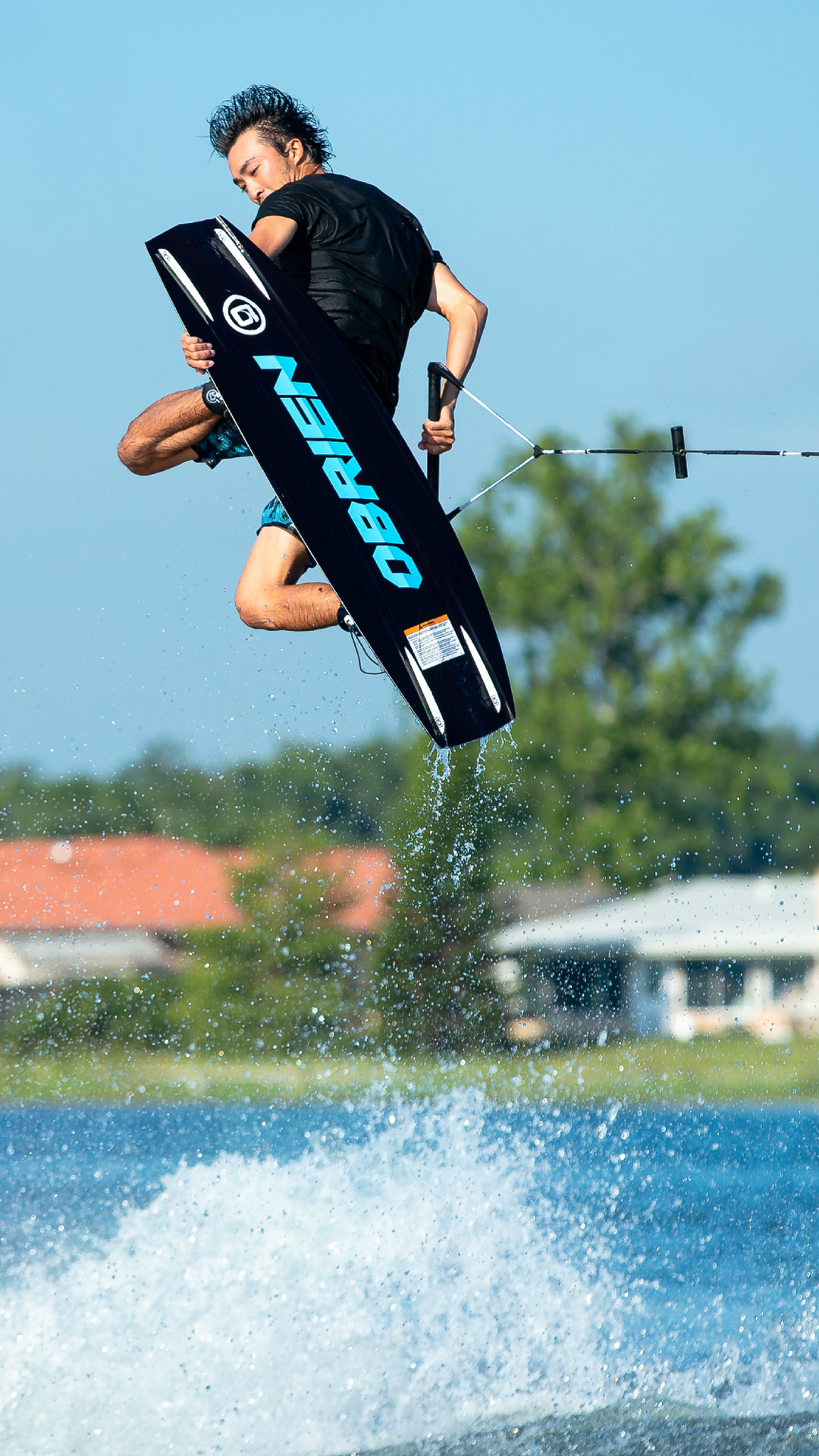
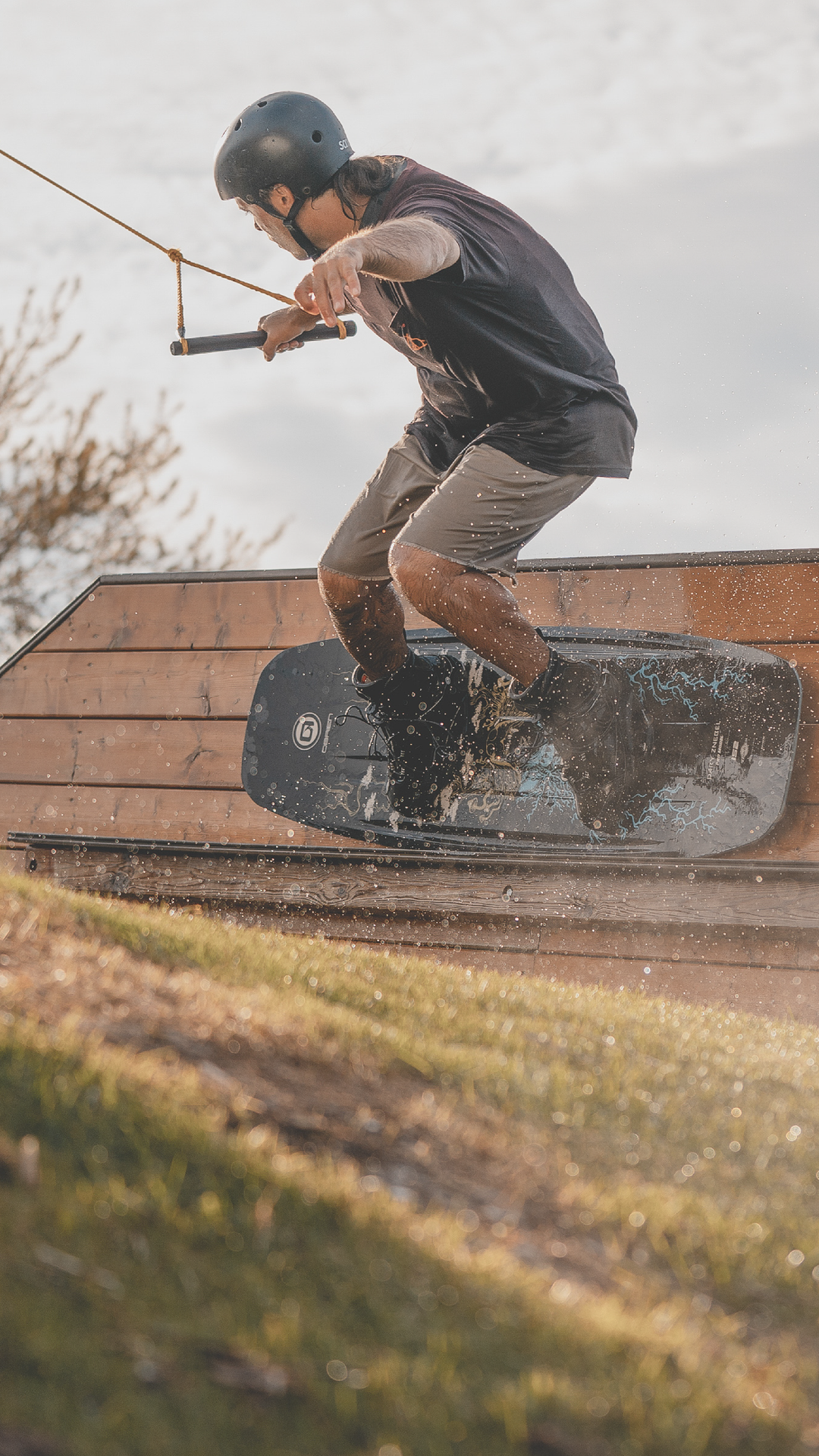
starter kit
When choosing a board and bindings, it's worth remembering that you get more value for more money - beginner wakeboard packages are ideal for inexperienced boarders and as a general board for mixed groups, for example Obrien System + Clutch wakeboard package. If the users vary a lot in sizes, a 135cm long board and 8-11 size open toe bindings are generally a good choice. By investing more, you get a longer lasting board set that will not run out of features even if the personal development of the board rider is fast and the goals are high.
Wakeboarding is becoming increasingly divisive in between the traditional boat wakeboarding and cable wakeboarding, where the traction is provided by a cable similar to a ski lift.
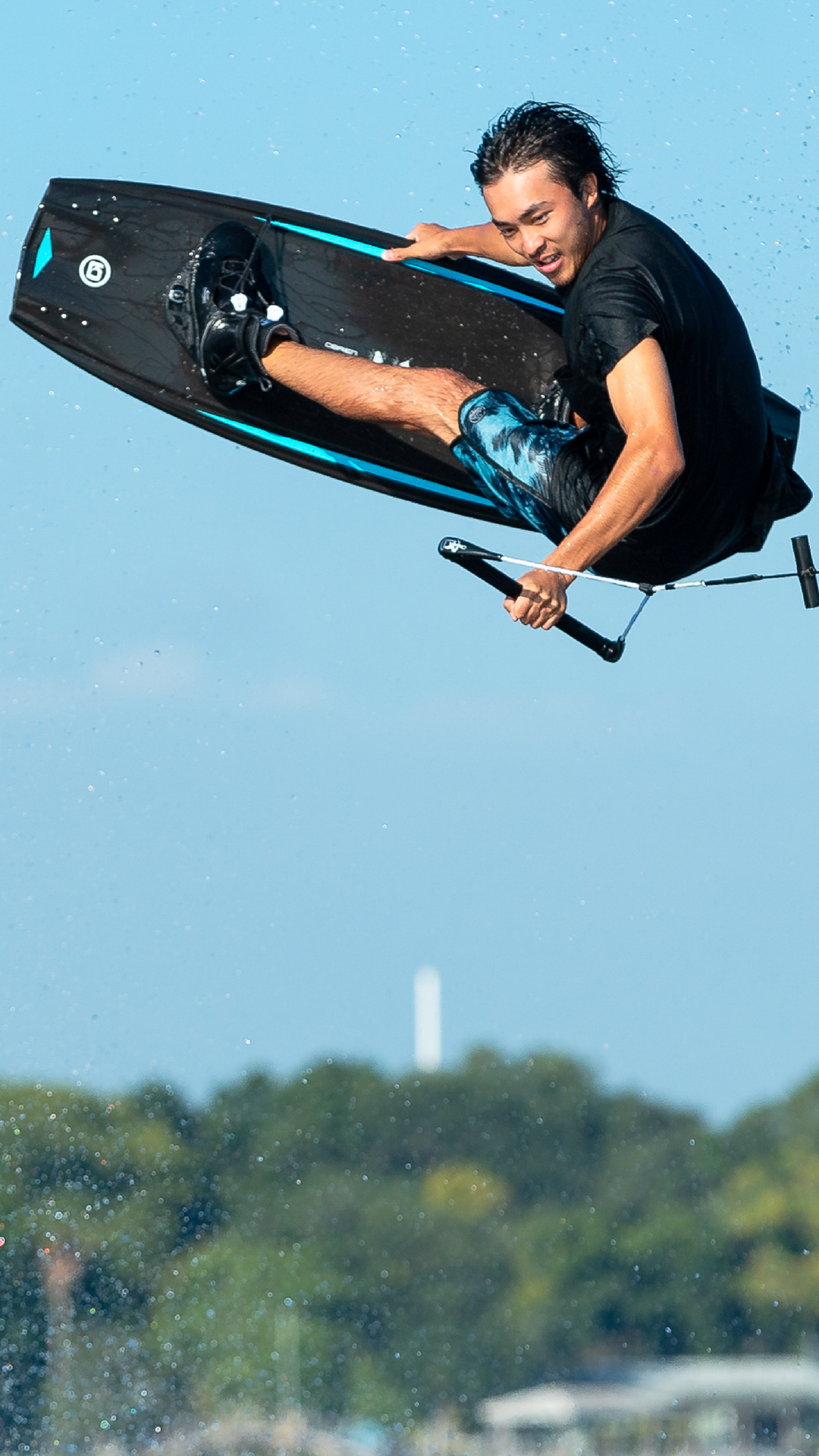
choice of wakeboard bindings
The main principles of the characteristics of wakeboard bindings:
A good wakeboard is one where both the binding and the board are of the same quality - the binding plays a big role in acting as the "interface" to the board. If you want to update an old wakeboard package, you can do so by upgrading the binding. With a good binding, you can get more out of a weaker board and refresh an old kit. With an old low quality loose binding, you won't get the potential out of even a good board.
For beginner boarders and mixed groups, we recommend open-toe bindings, which suit nicely for different sizes of users, like the basic Clutch. Open toe bindings are well suited for groups with many different sized feet, as the size tolerance is four digits.
However, a closed-toe binding always gives a tighter and more immediate feel to the board, so if you intend to board actively and improve your tricks, closed-toe is a good choice. The size tolerance for top-quality bindings is 1-3 sizes for maximum fit and support.
The choice between a taped or velcro wakeboard binding is largely a matter of taste. Velcro tapes are faster, so they're handy on cable rides, where there's a lot of taking the board off your foot and putting it back on. Slightly slower string bindings are preferred for boat sessions, where you don't need to take the board off your foot as often. A good amateur binding should have two different tensioning pins so that you can adjust the ankle and shank separately. It's also worth noting that the laces have good ratchet locks to keep the binding securely in place. With new laces and locks, you'll extend the life of your old wakeboard binding. Quality wakeboard bindings are not meant to come off when you fall.
wakeboard board selection
A shorter board is lighter, more aggressive and easier for spinning tricks. A long board is more stable, more forgiving of mistakes and easier for jumps and landings.
Compared to paddleboards, cable boards often favour a slightly "overly long" board, which help when pressing cable park obstacles. For example, if the optimal board for a 175cm, 75kg person when towing by boat is 135-137cm, the preferred length for a cable board would be 138-143cm. Of course, riding style and personal preference will influence the choice of length; some people like to ride shorter and others slightly longer, just like in snowboarding.
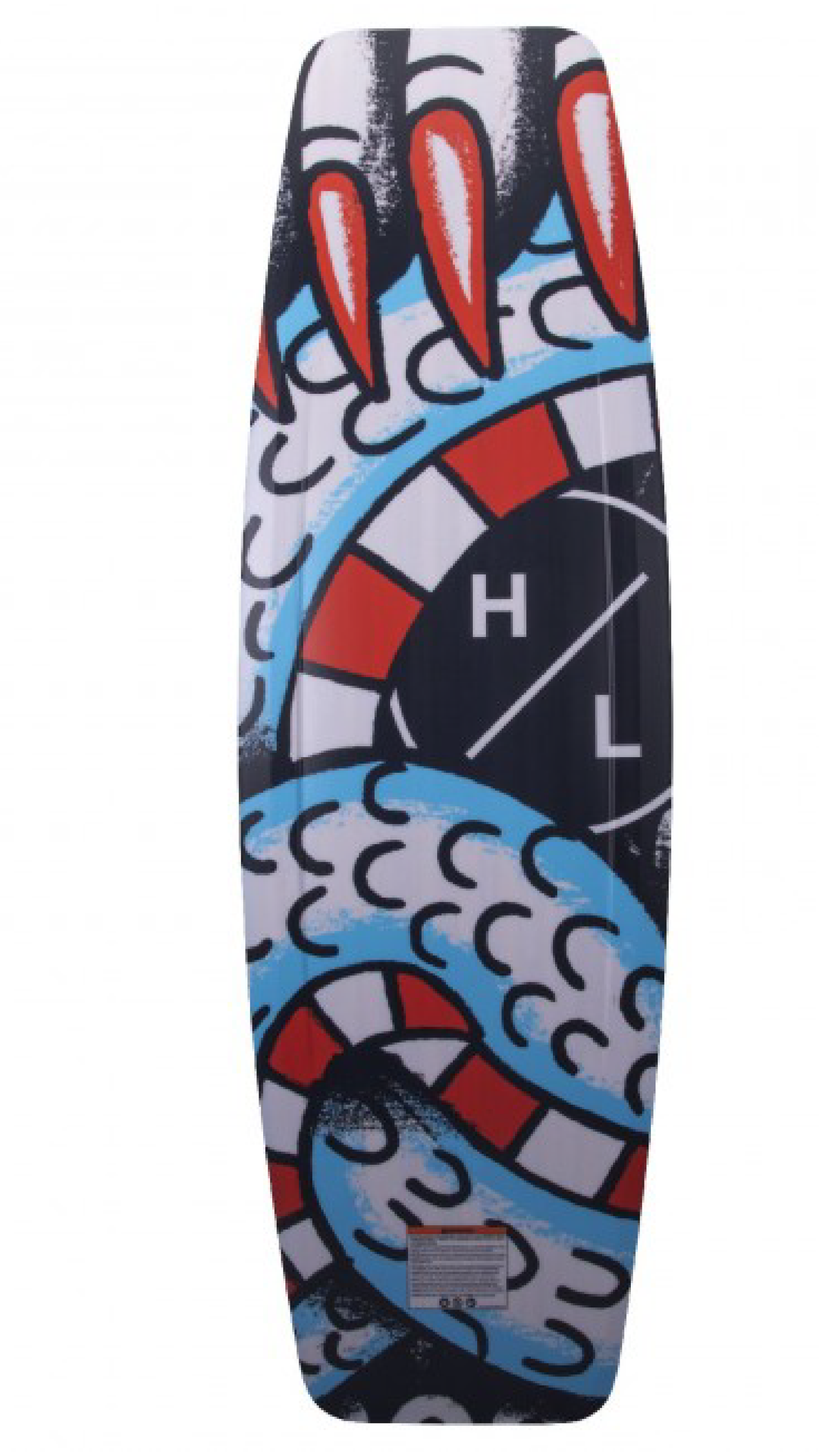
A stiffer board is more likely to bounce off the boat wake and, in general, boards designed for boating are quite stiff. In cable park wakeboarding, more flexible boards are preffered as they are more sensitive and better adjusted to the obstacles and landings on flat water.
You can test the flexibility of your board by placing the board upright in front of you with one end on the ground. Hold the top of the board with one hand and push the middle of the board with the other. This way you can feel how the board flexes at each point. Flexible boards are mainly made for the cable park, where jumps and presses give a better feel for the obstacle and more impressive presses. A flexible board towed by boat causes a delay in pop when you ride the wave, meaning that when you flex the board, energy is stored for a moment before the board releases its grip on the water. Rigid boards are preferred at the back of the boat because they give you a bouncier take-off from the wave and are also more aggressive in their behaviour. A stiff board can also be used on cable parks, but usually a stiffer board feels "off" in this use.
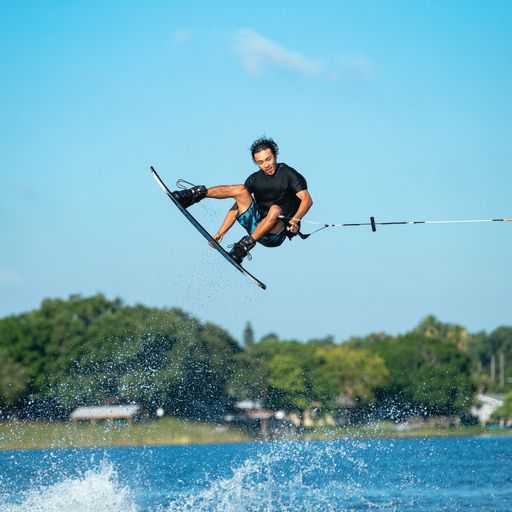
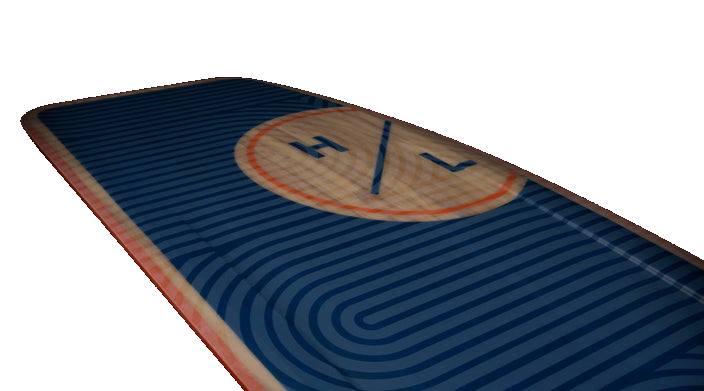
"Rocker" refers to the profile of a wakeboard when viewed from the front. You can check the rocker of your board by placing it on a flat surface and looking at the crosswise board from the side. Rocker can be roughly divided into three main categories: 3-stage, continuous and progressive. (As well as rarer special combinations of these, such as the 5-stage Press Pass). Each rocker has a different effect on the behaviour of the board. As a general rule, regardless of the type of rocker, a low, angular rocker will make the board accelerate quickly and aggressively, while a high and round rocker will make the board more forgiving of mistakes and softer on downslope, but with slightly more water resistance than angular rockers.
A consistently smoothly curved board profile makes the board's behaviour predictable, even on jumps. The profile is forgiving of mistakes, as the curved shape of the board prevents it from easily bumping into the water. Popular with beginner boards. A good example in our shop of this style of board is the very popular beginners board, the Obrien System, which has a very stable handle, also noted in tests by our shop's wakeboarding staff. The Continuous rocker profile, which rises steadily from the centre of the board towards the tip, ensures predictable behaviour in both cruising and jumping, and softens the bottom edges nicely. The system has a special gliding core that makes surface ascents easier for beginners
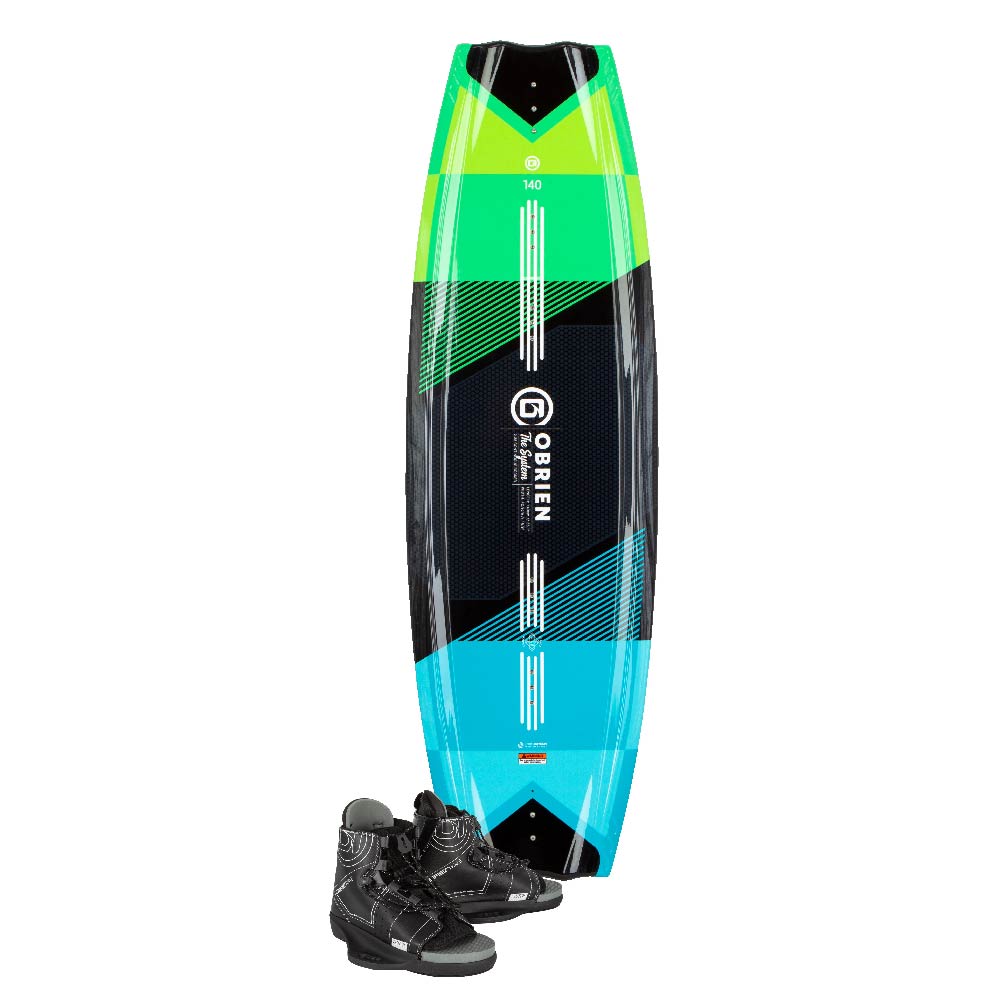
Makes the board more aggressive than other types of rocker. 3-stage rocker allows for good pops off the wave, meaning the board easily releases from the wave into the air due to its flat centre section and the energy of the shock is transferred directly upwards. The 3-stage rocker also has the lowest water resistance. A popular rocker profile for boat boards.
The steeper profile towards the tips of the board combines the best of the 3-stage rocker and the continuous rocker, with good pop from the flat, predictable behaviour and a soft feel for cable track octaves. The minus side of the progressive rocker is the slight delay in the pop when jumping waves, due to the fact that the board goes "through" the wave more easily than, say, a 3-stage rocker. Boards with progressive rockers are therefore particularly well suited to cable parks, but they also work on the stern of a boat.


